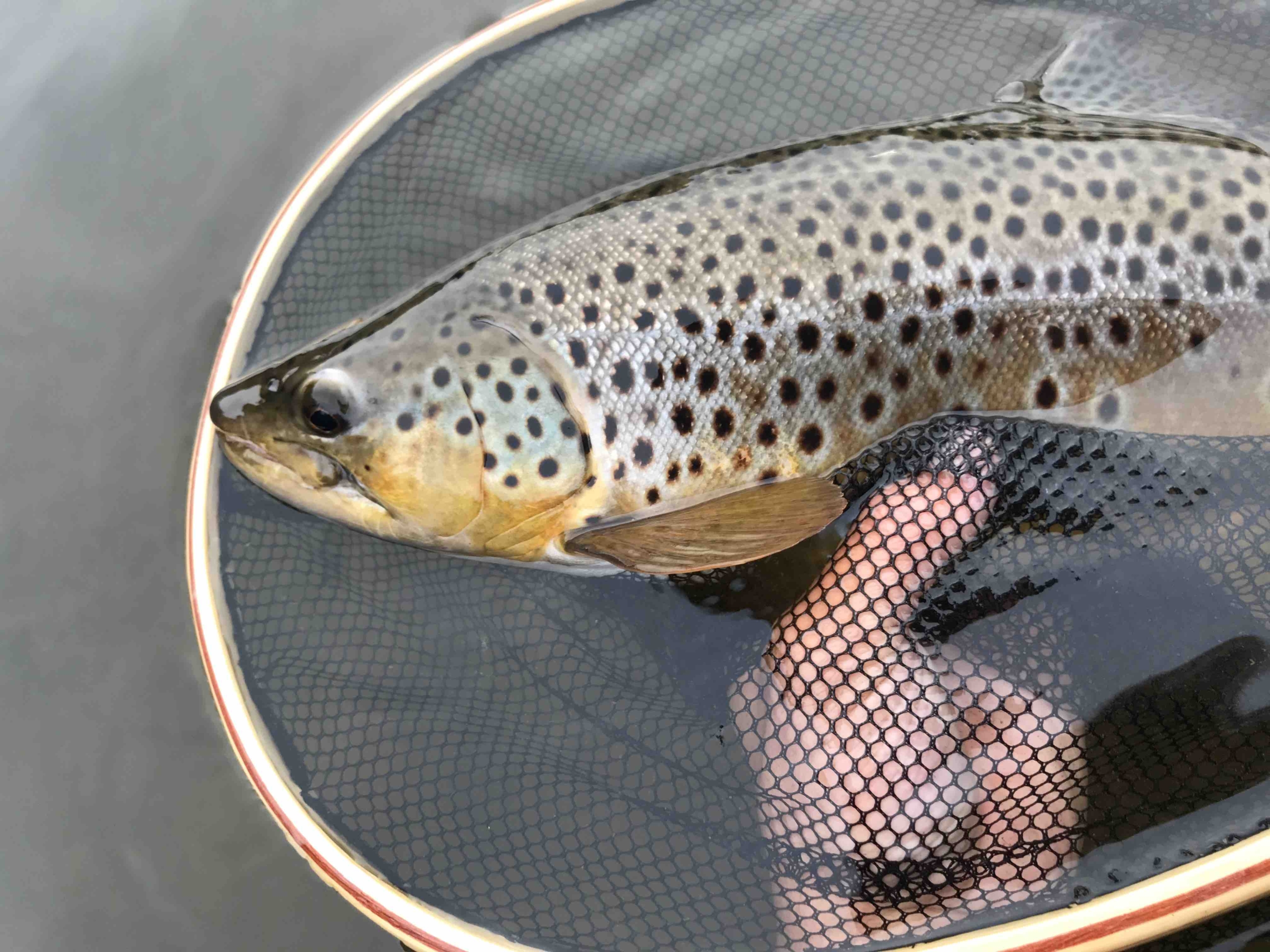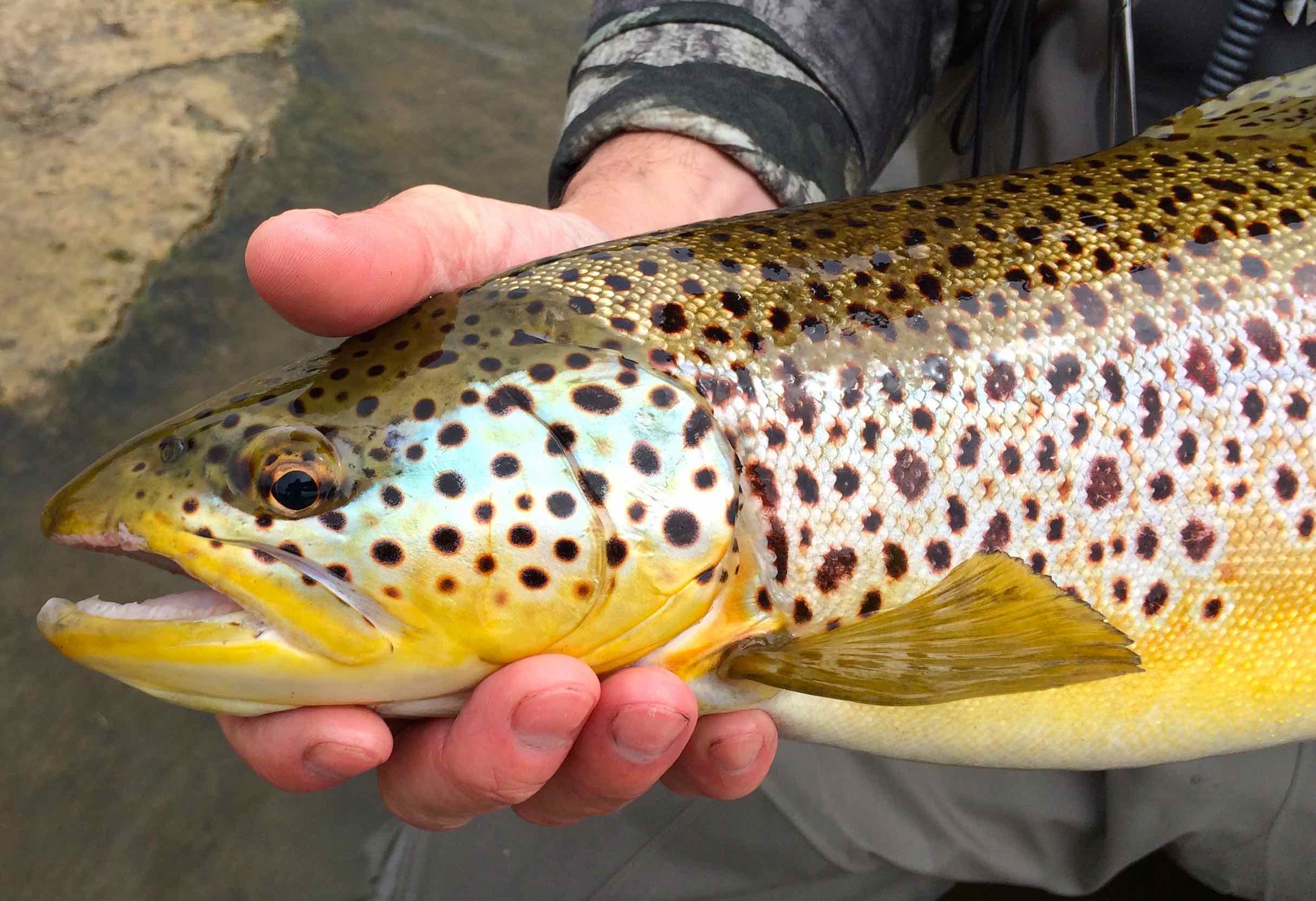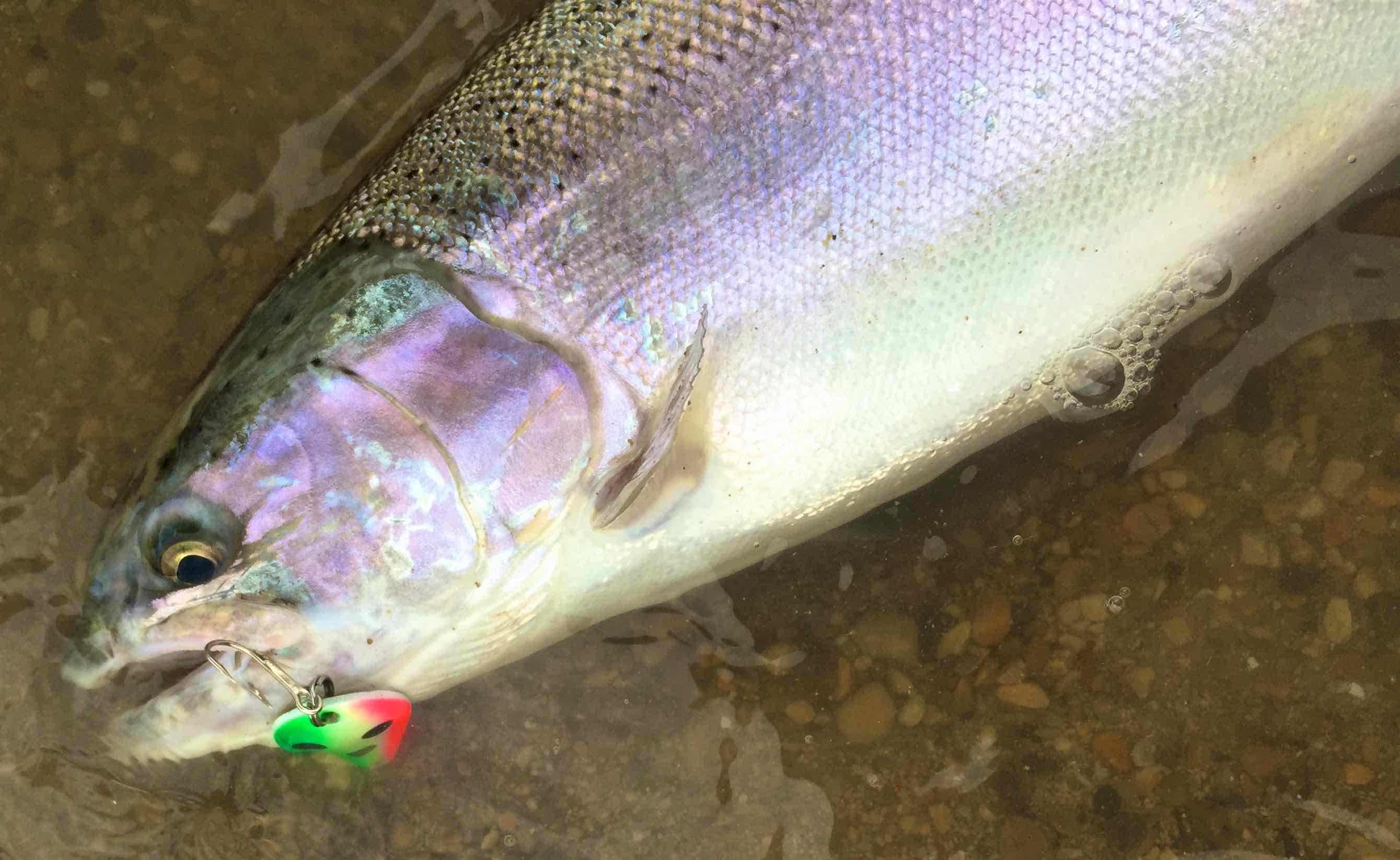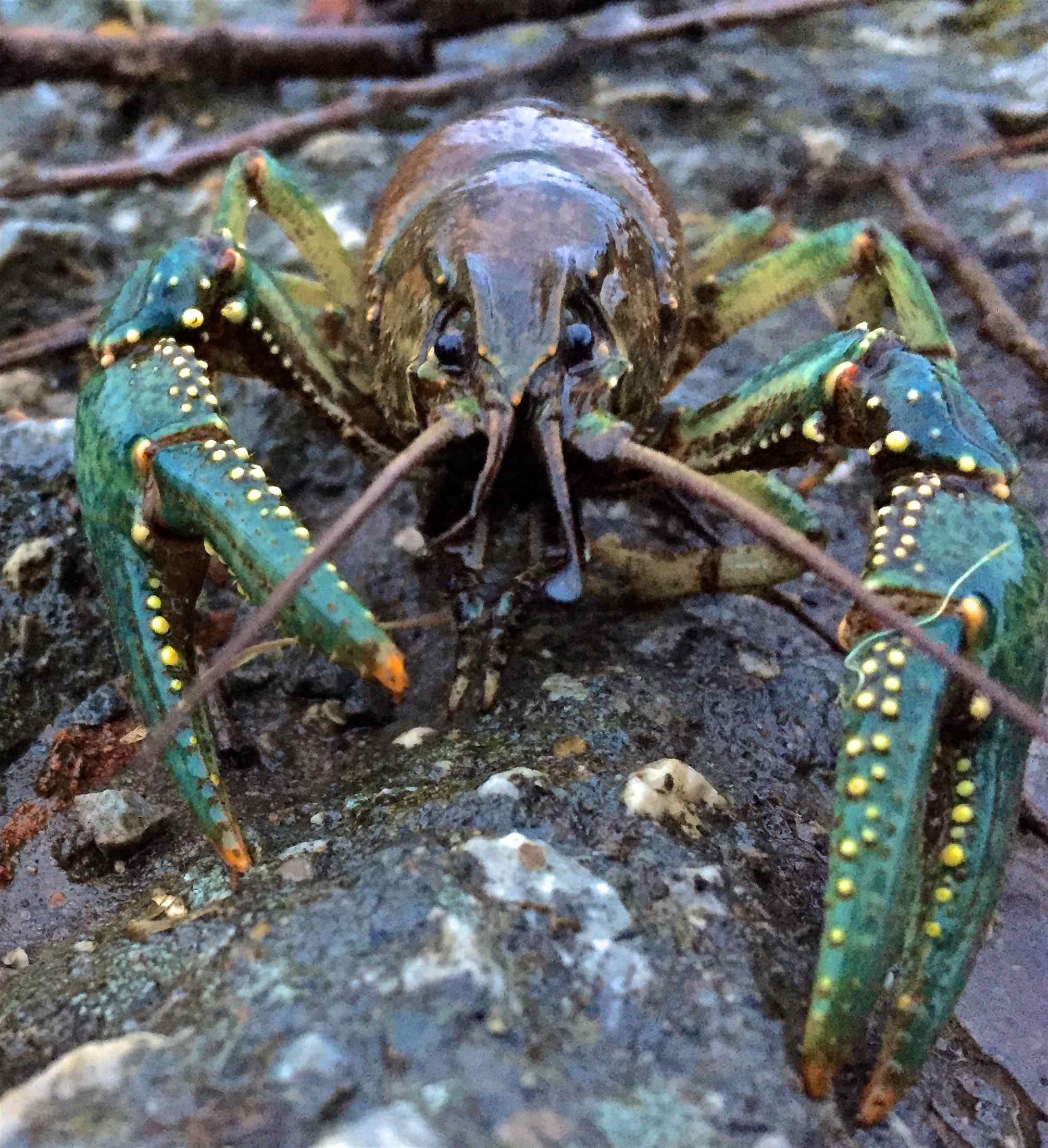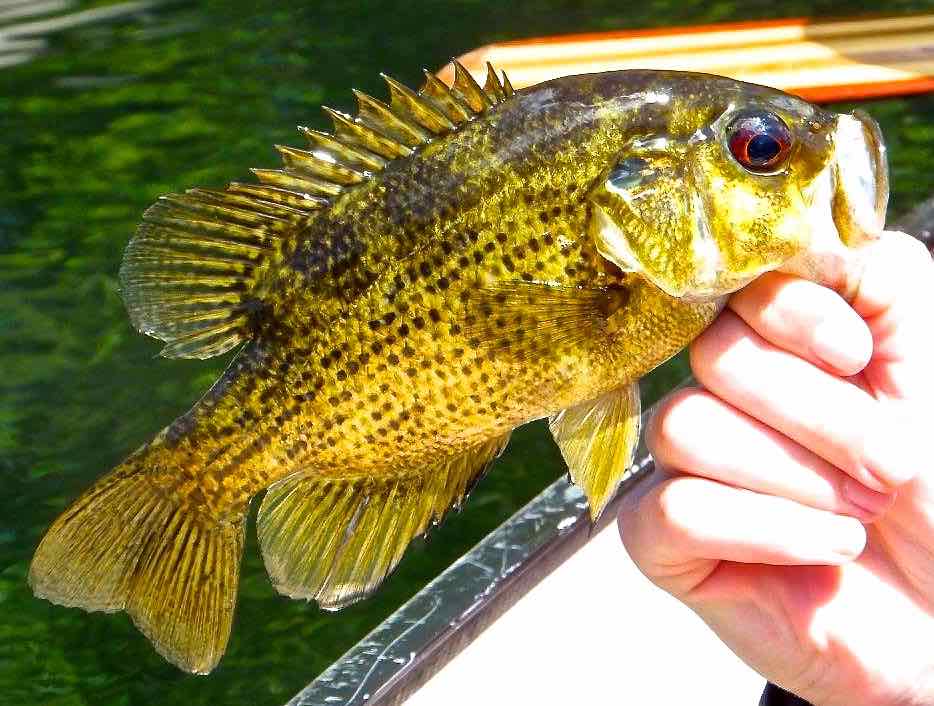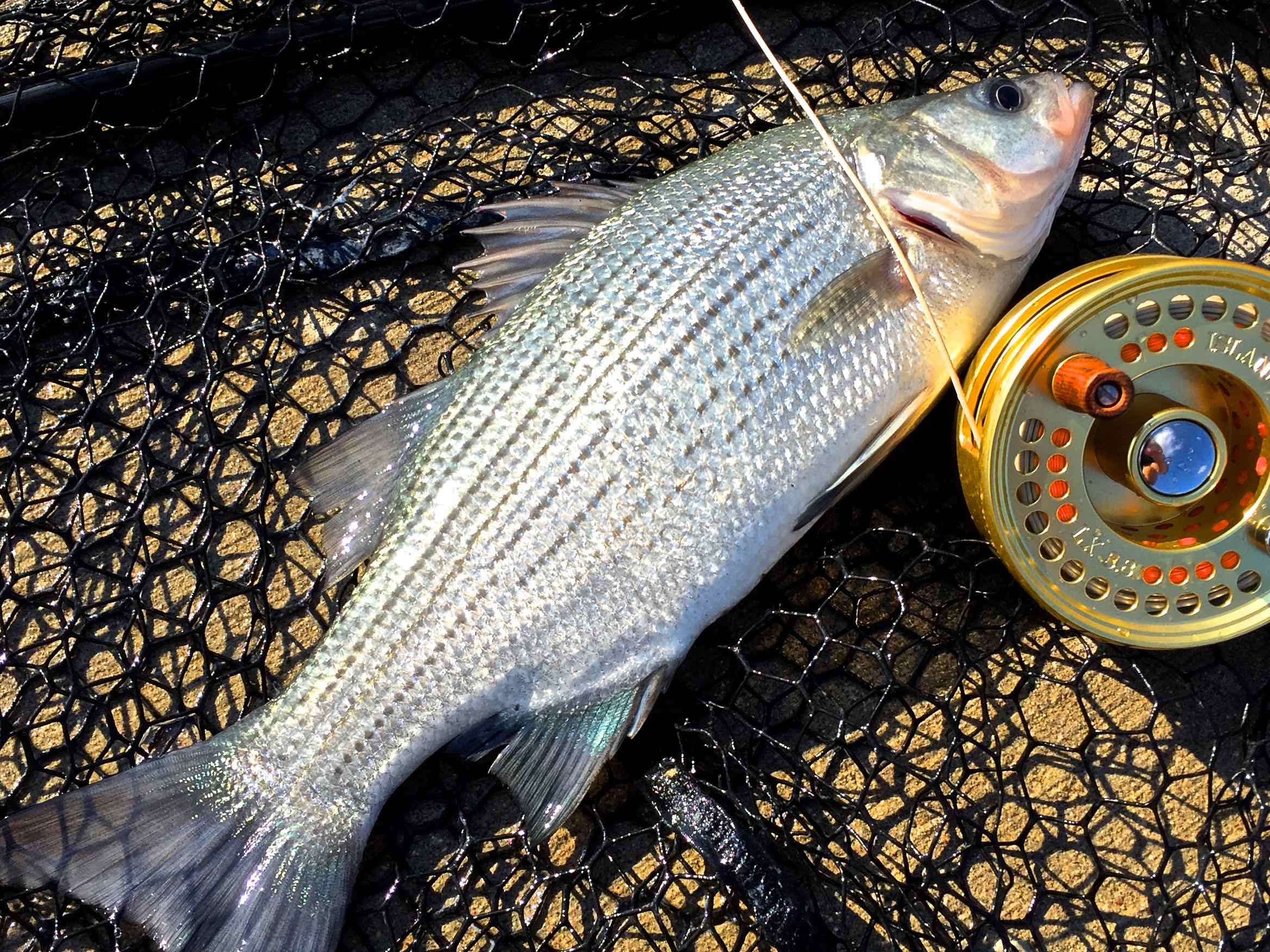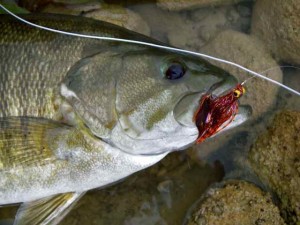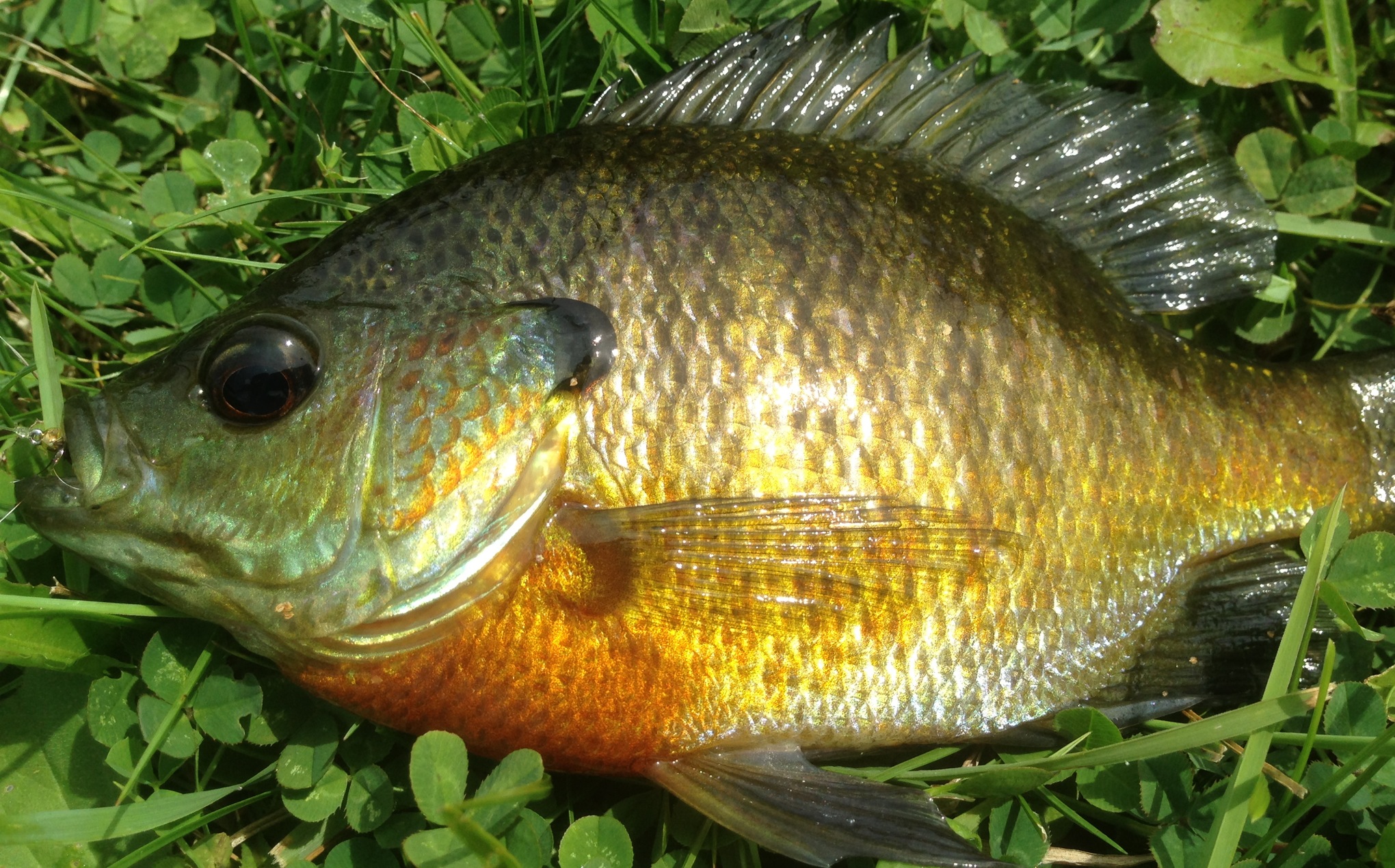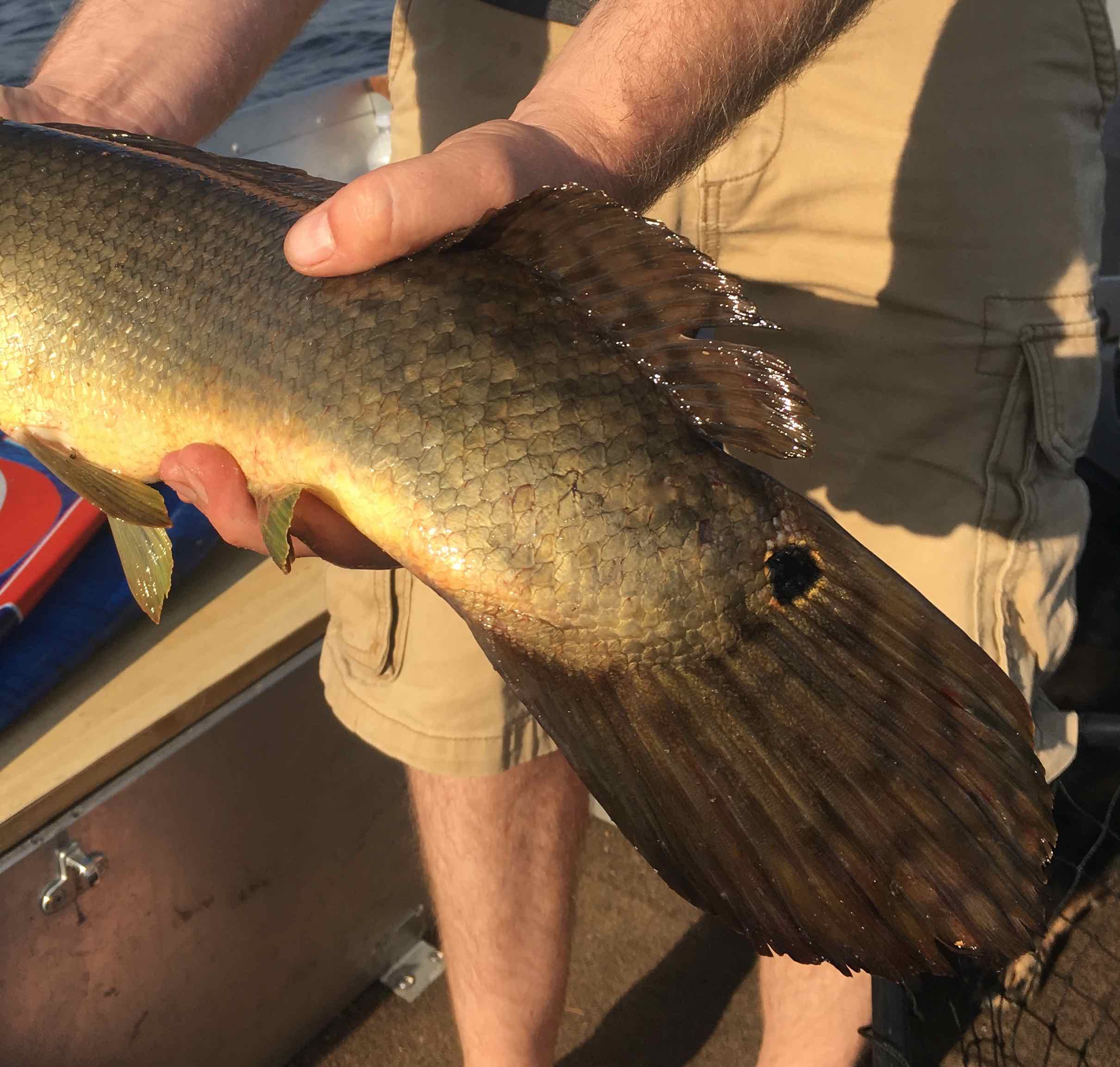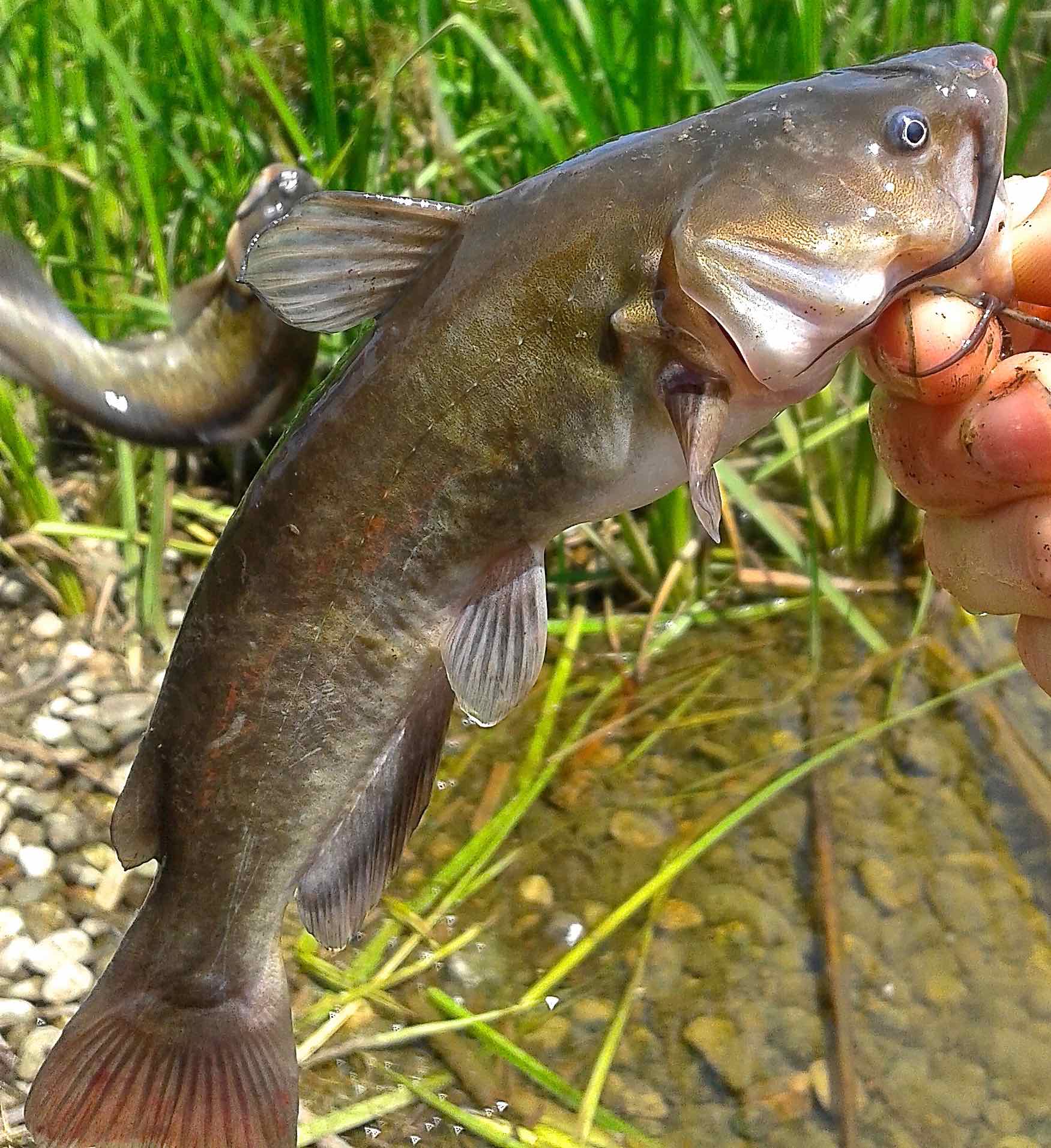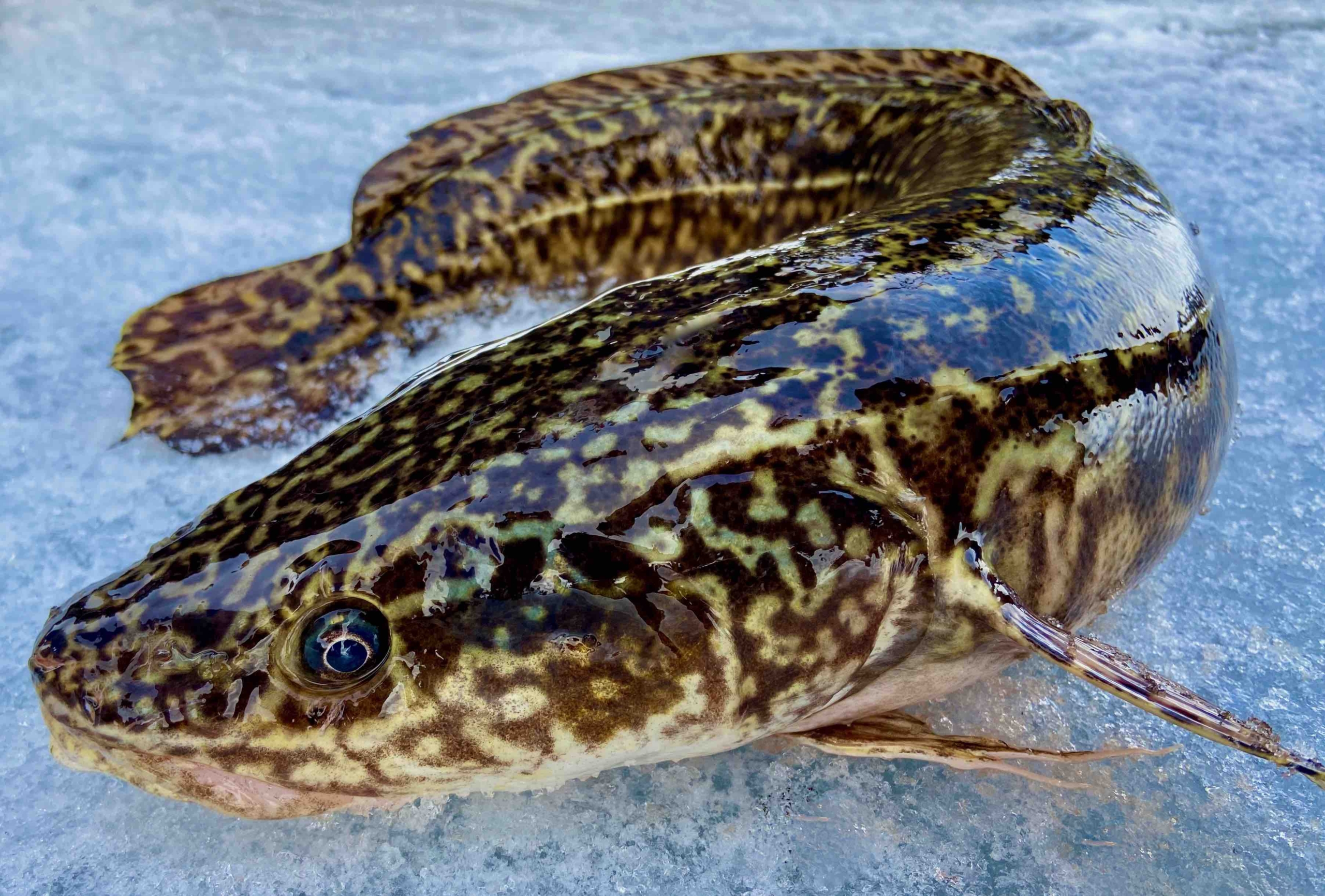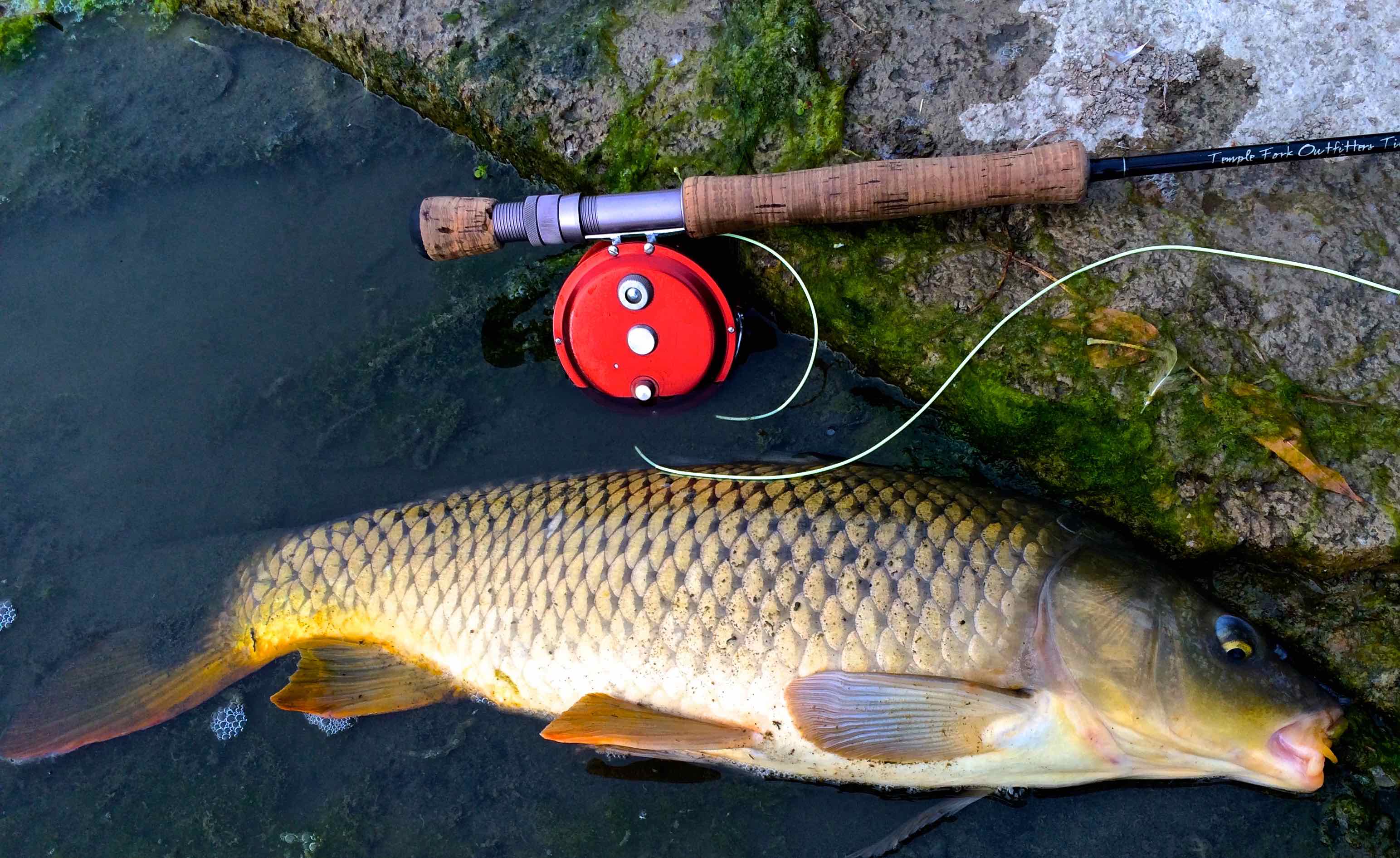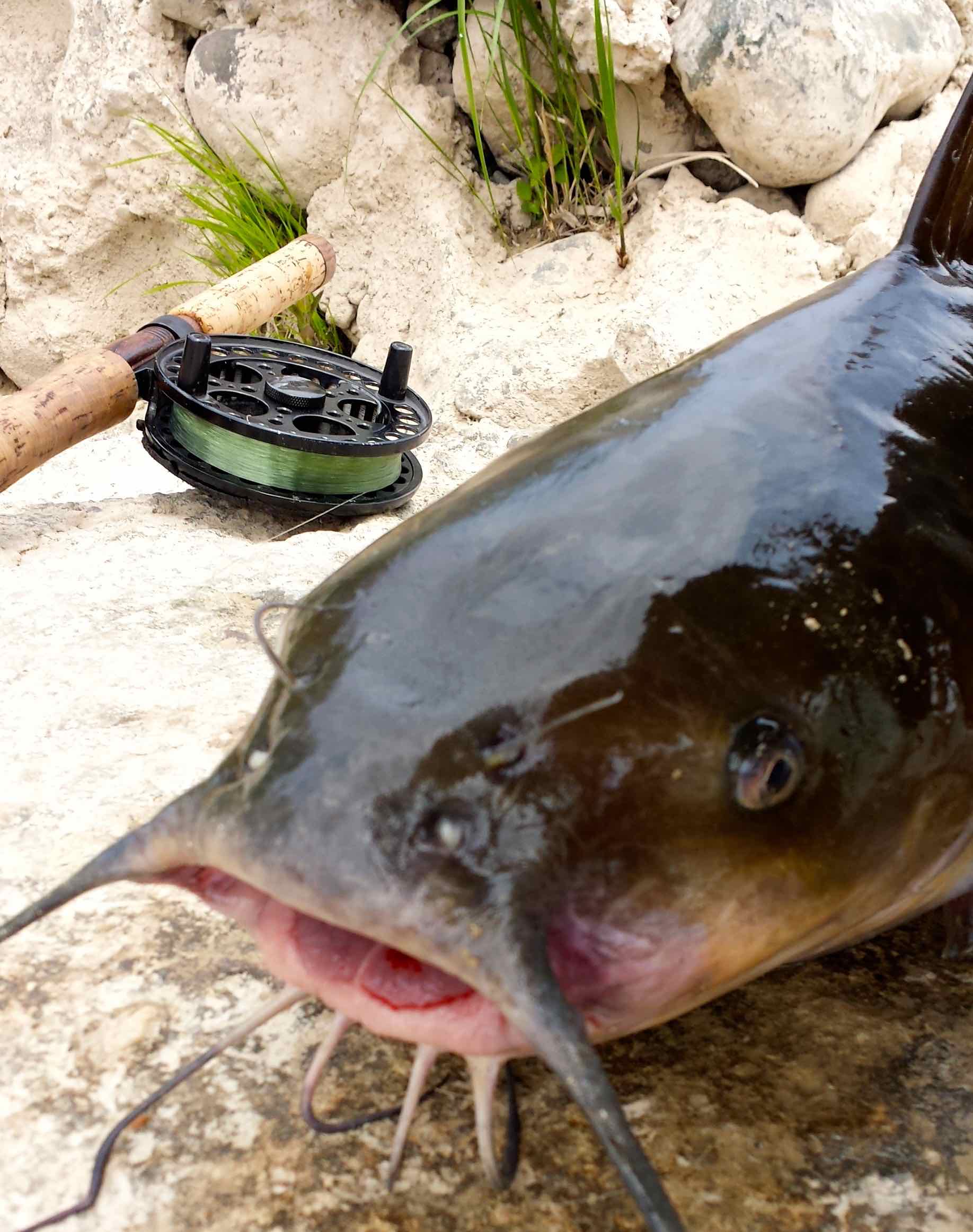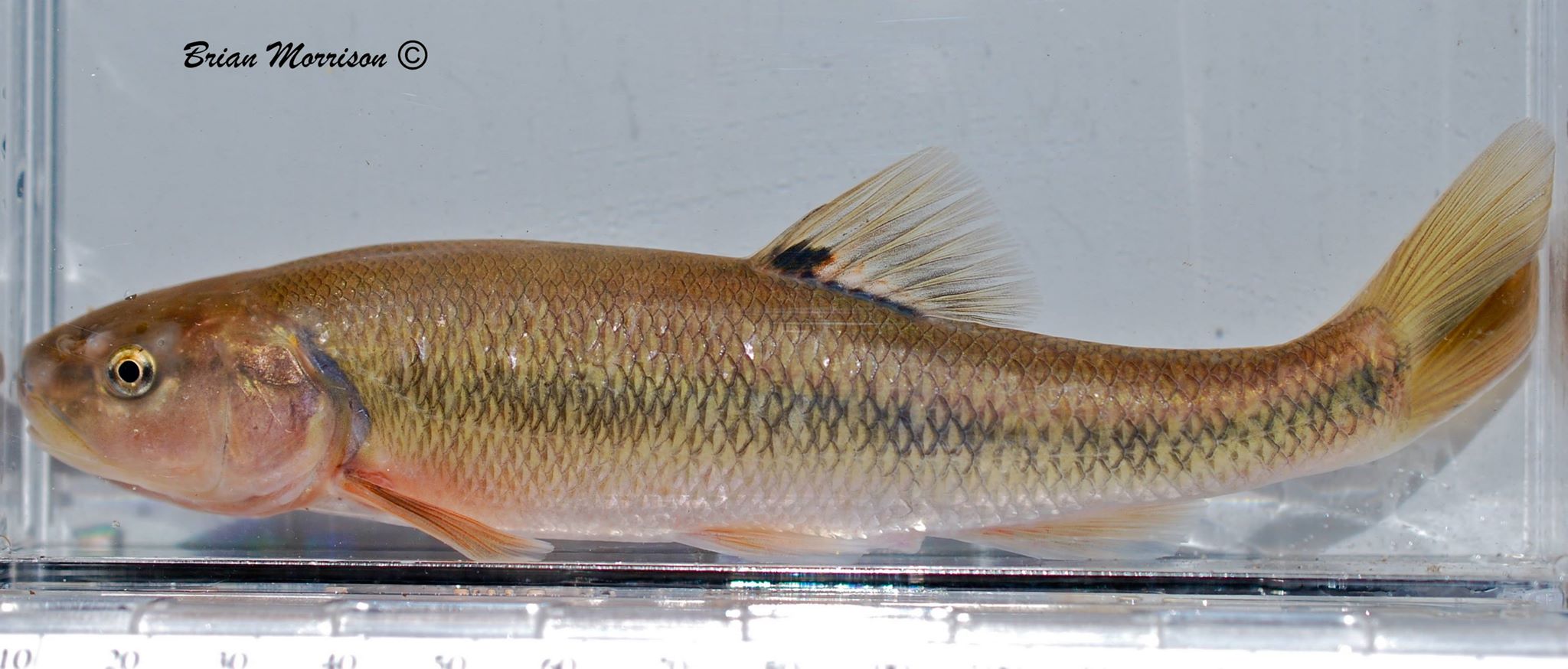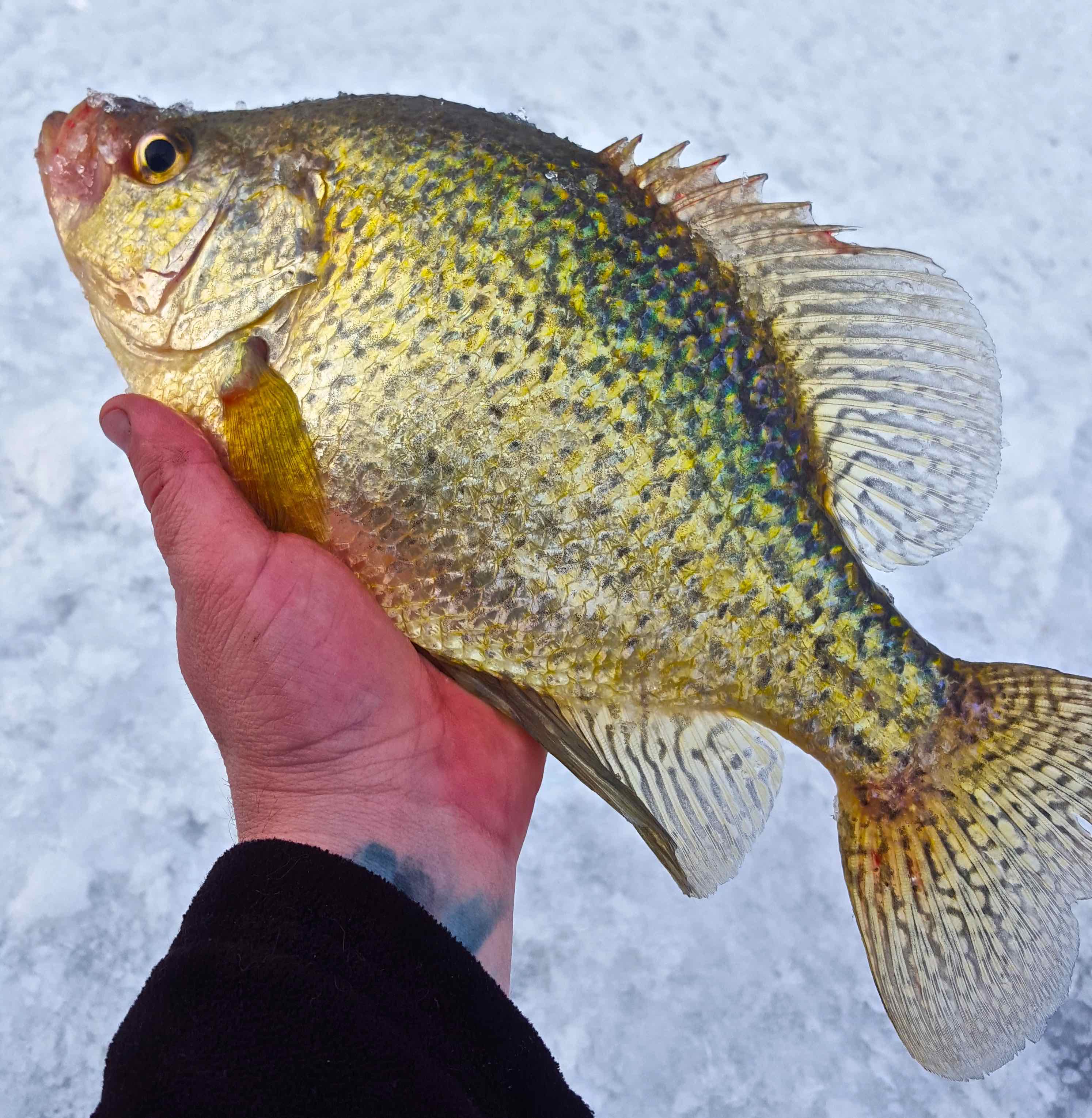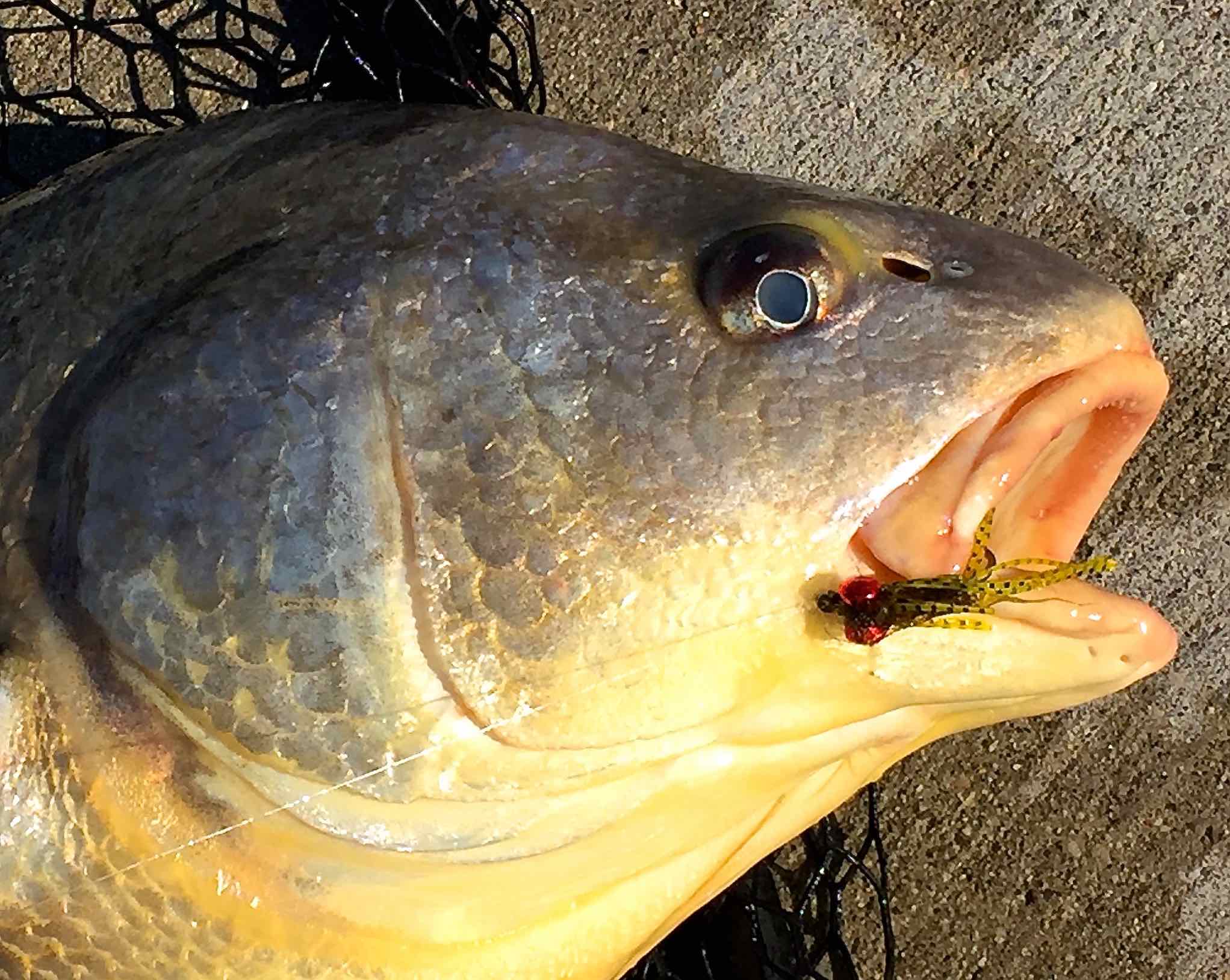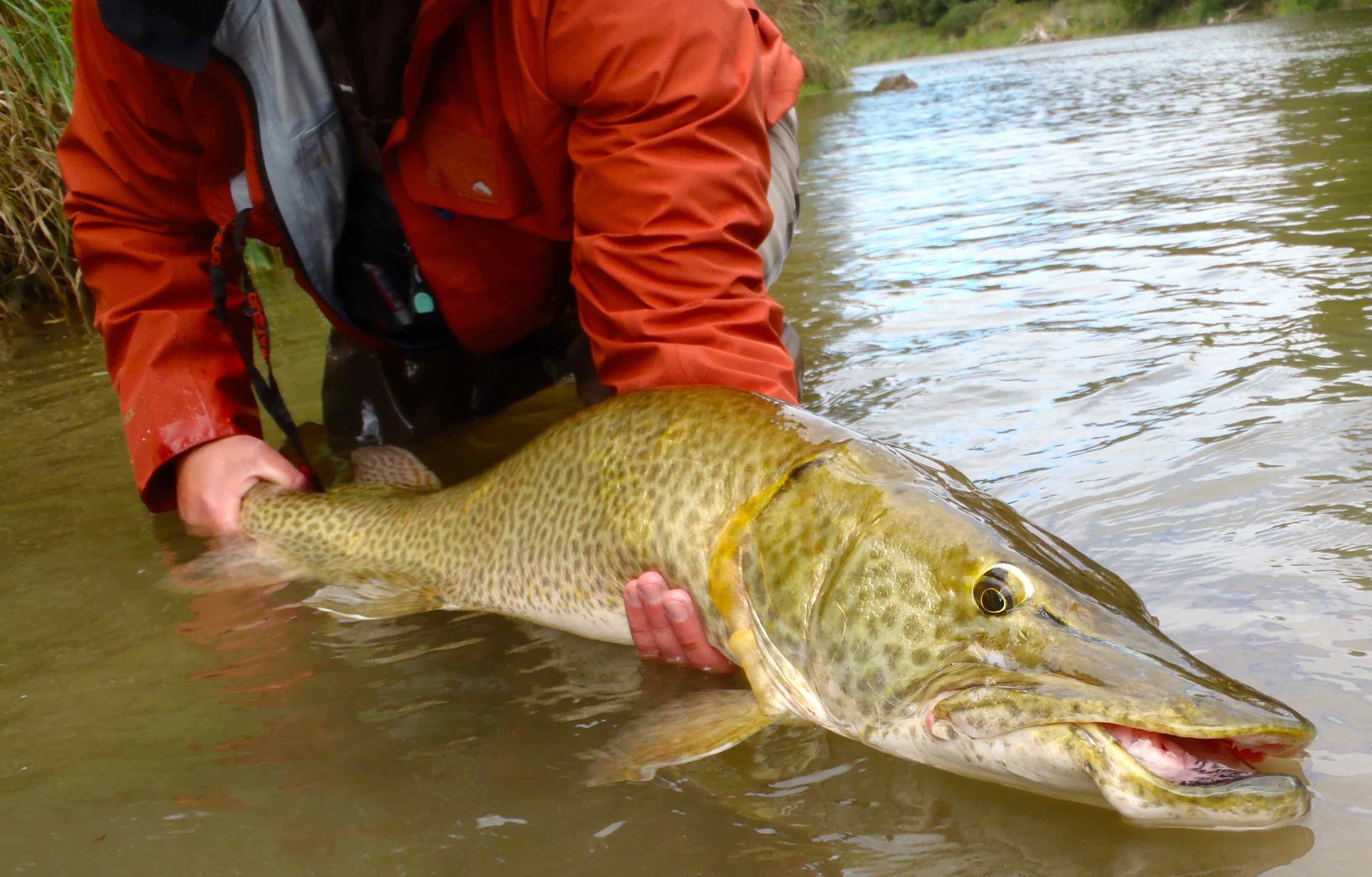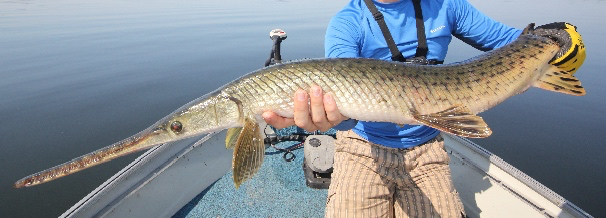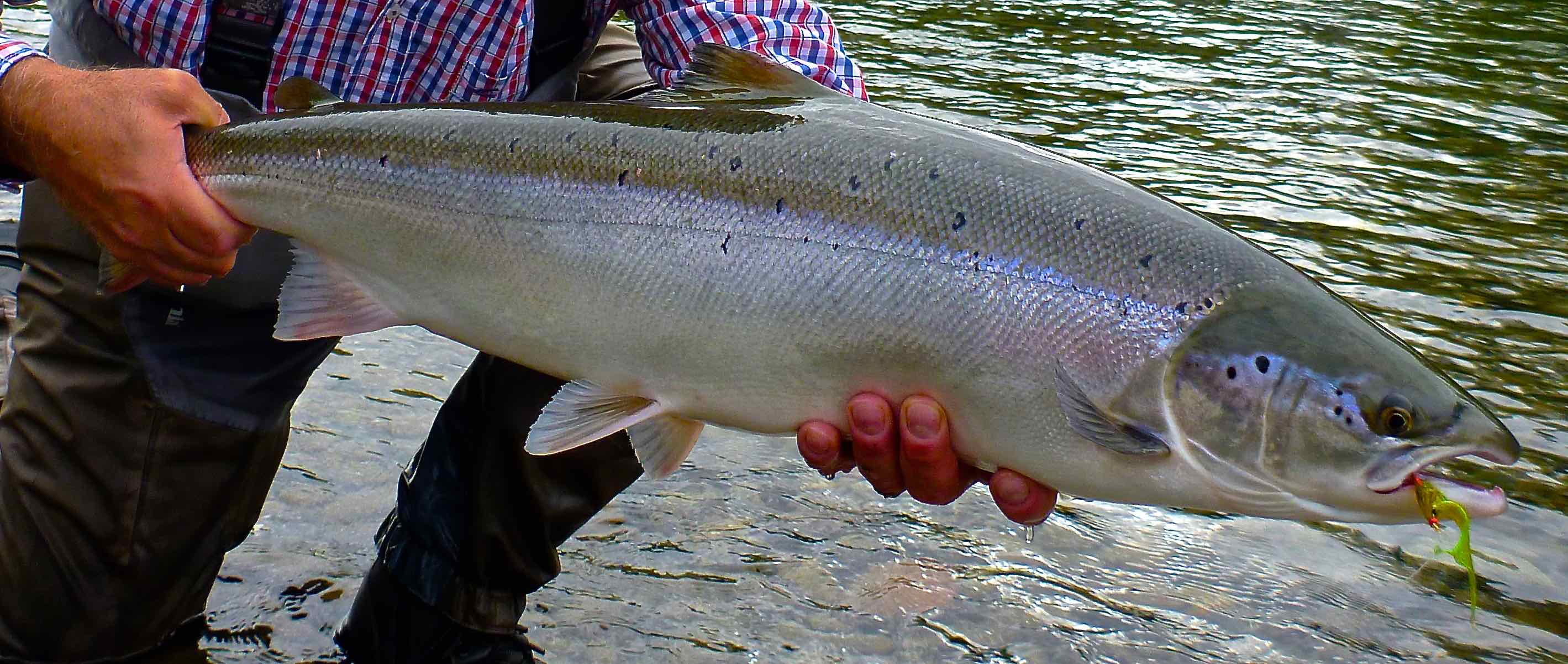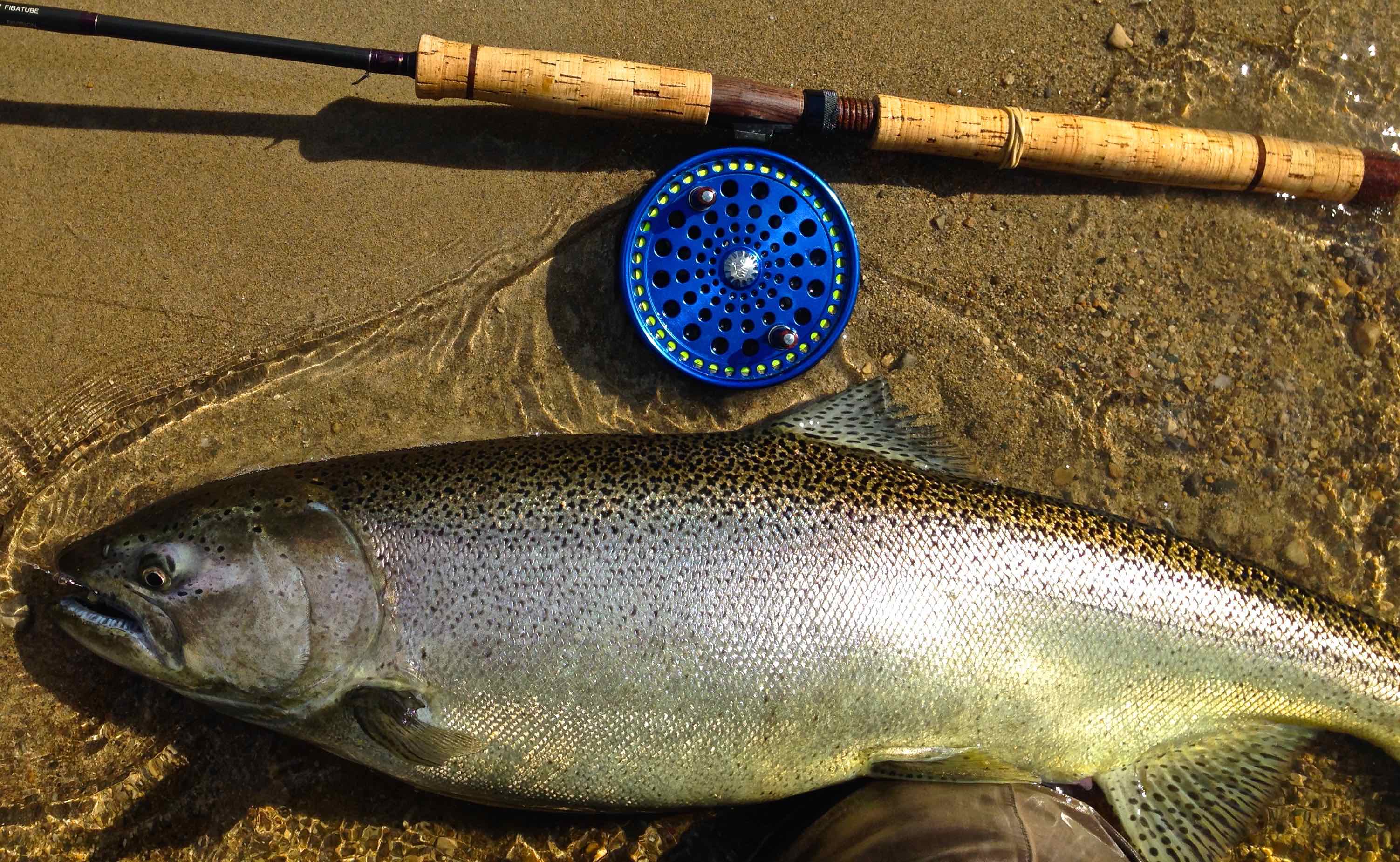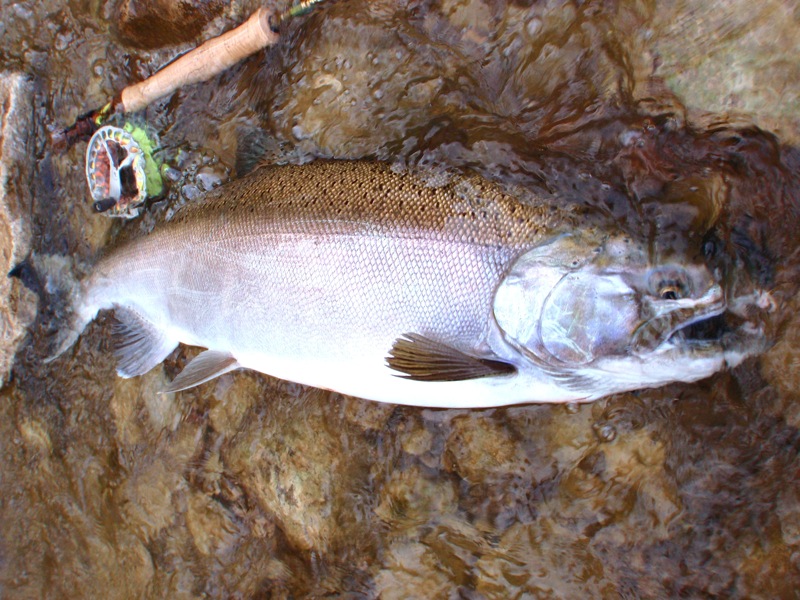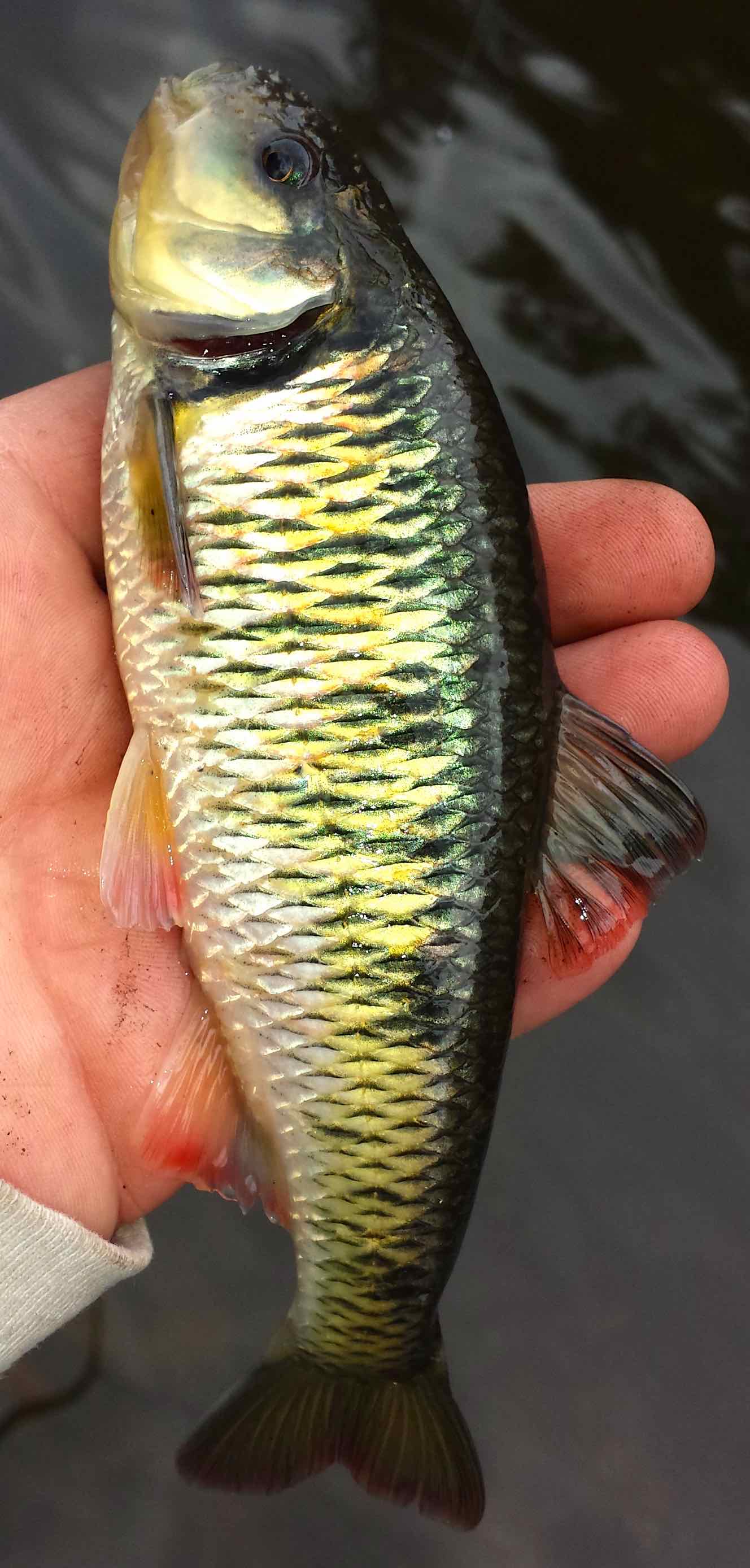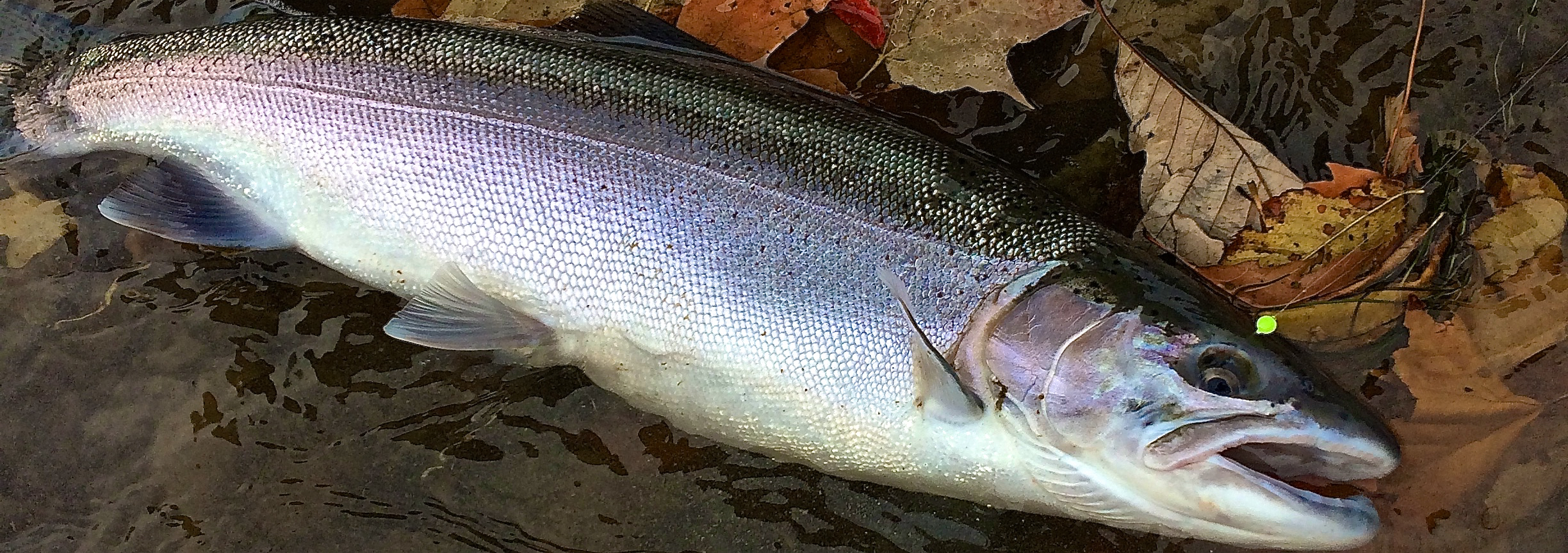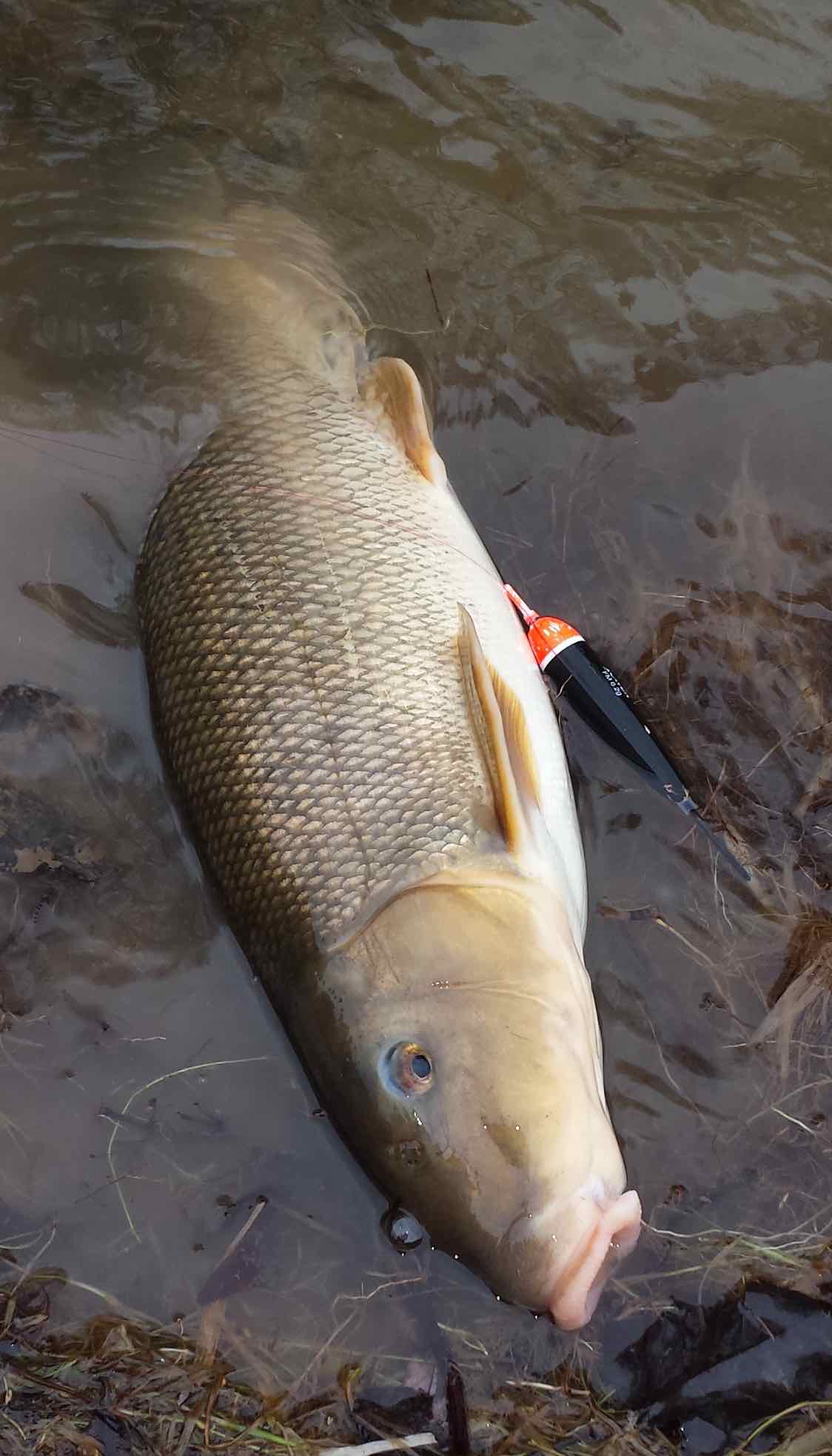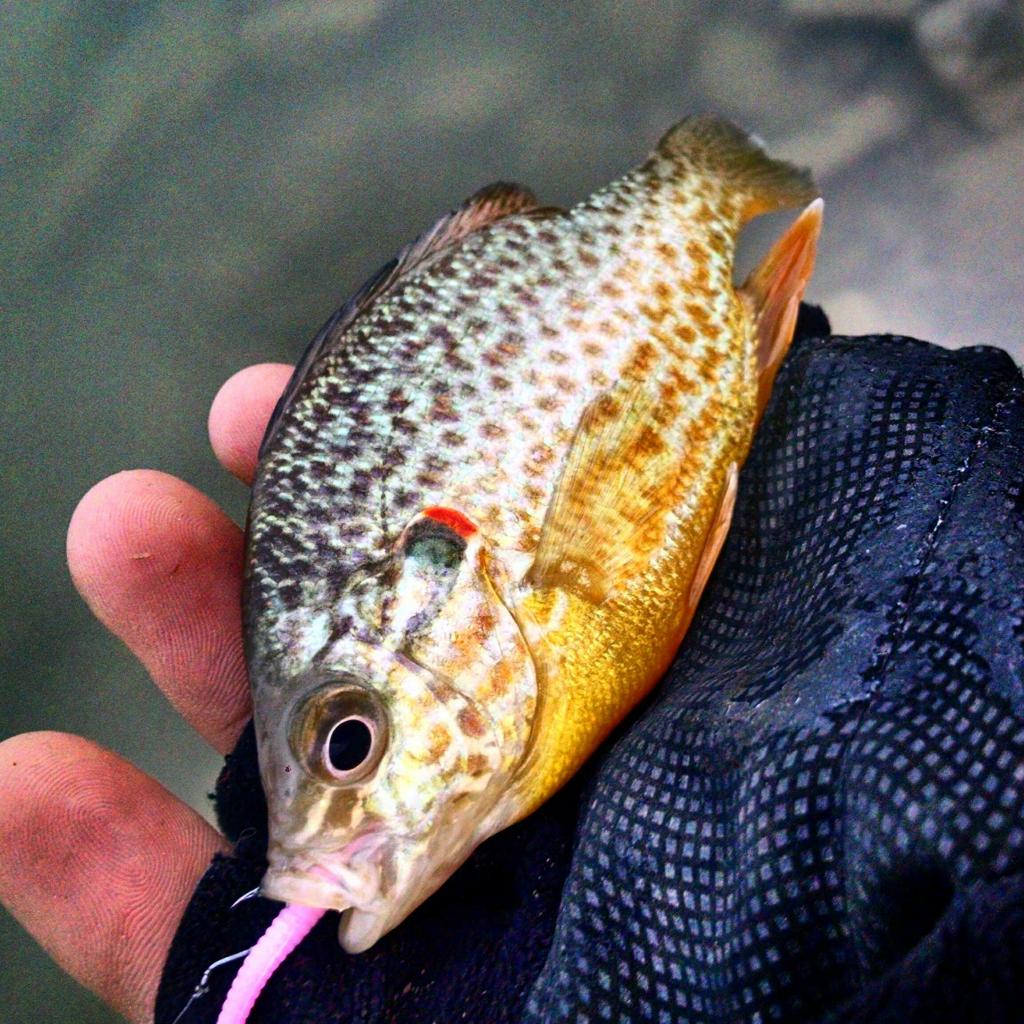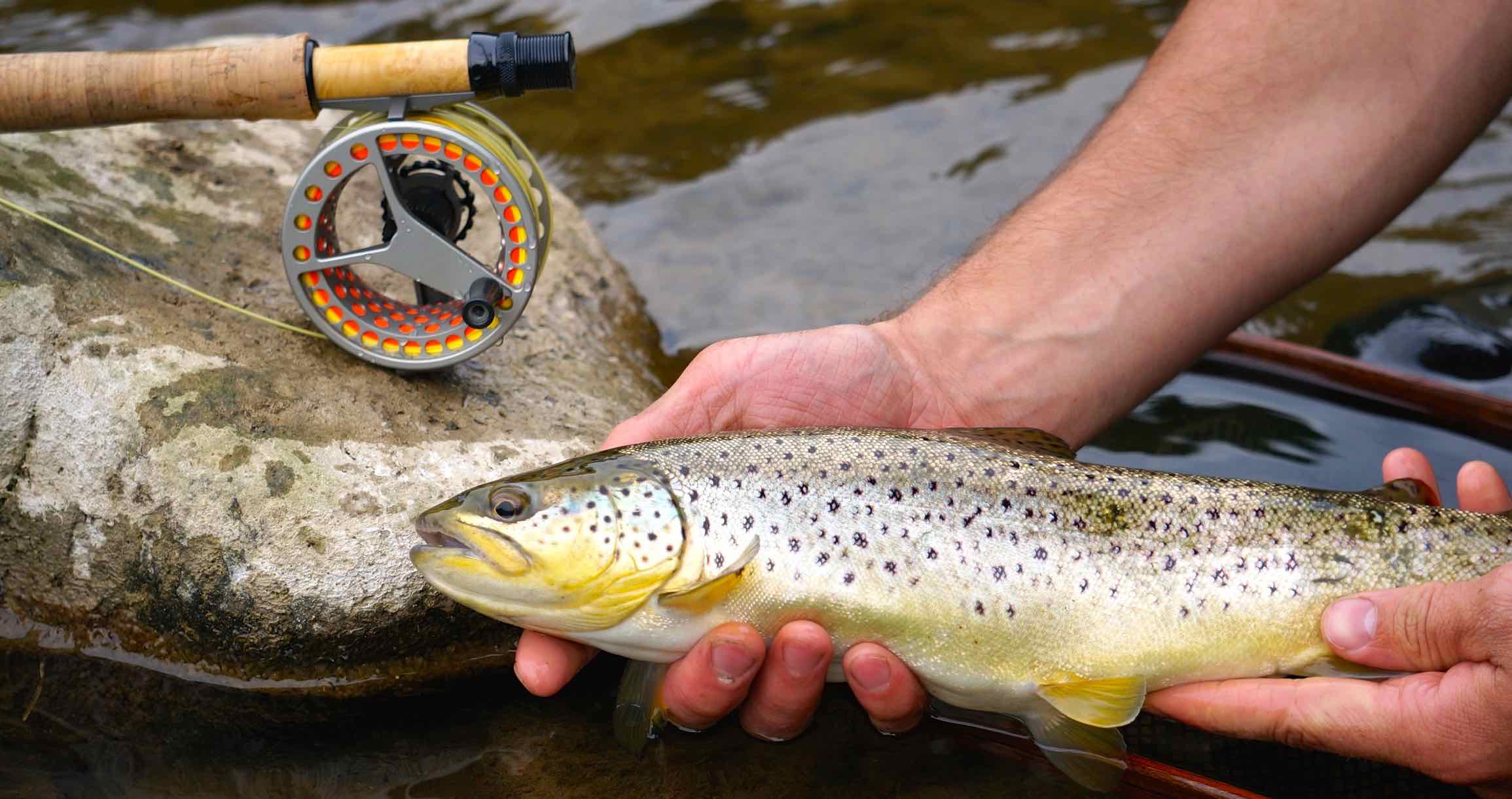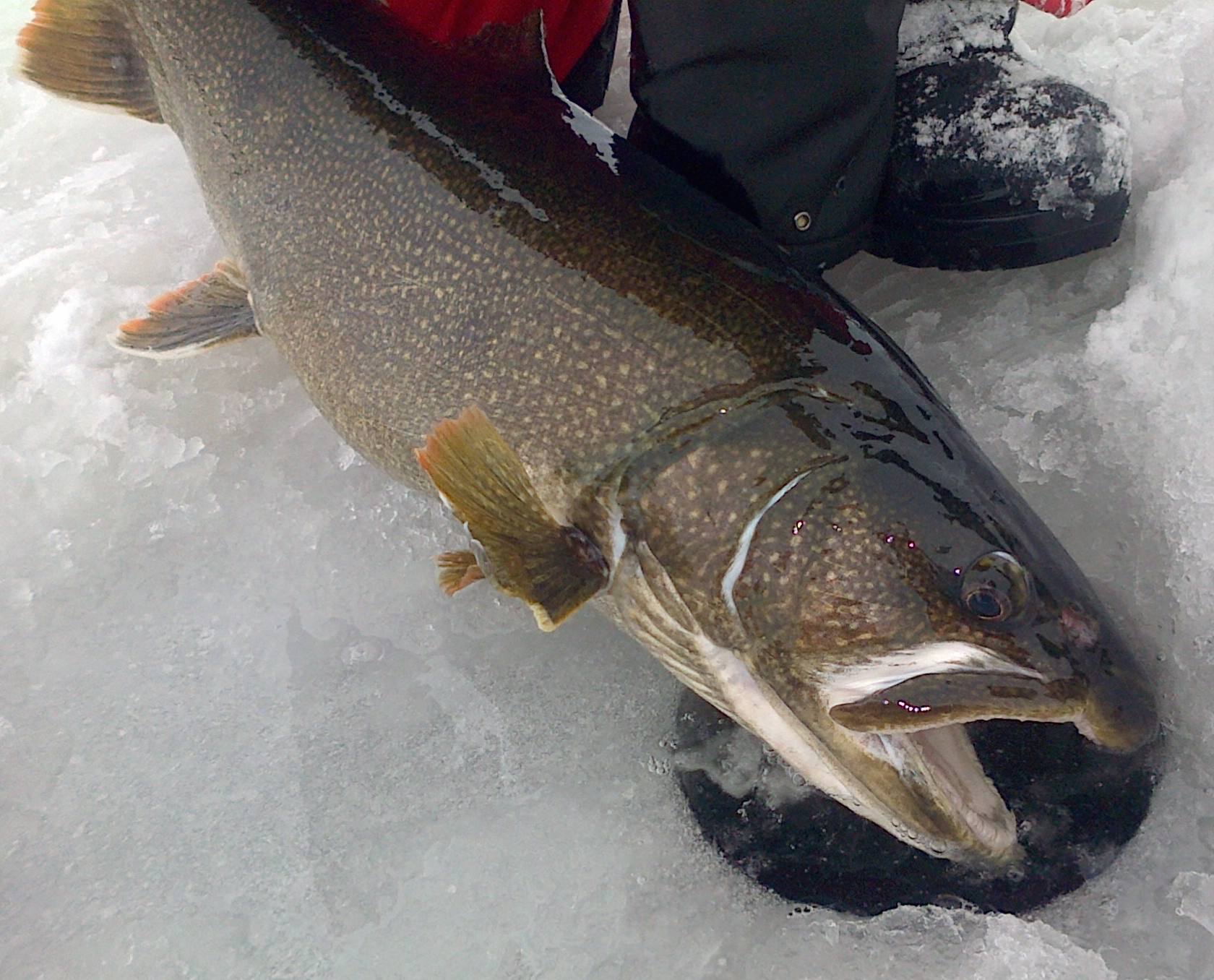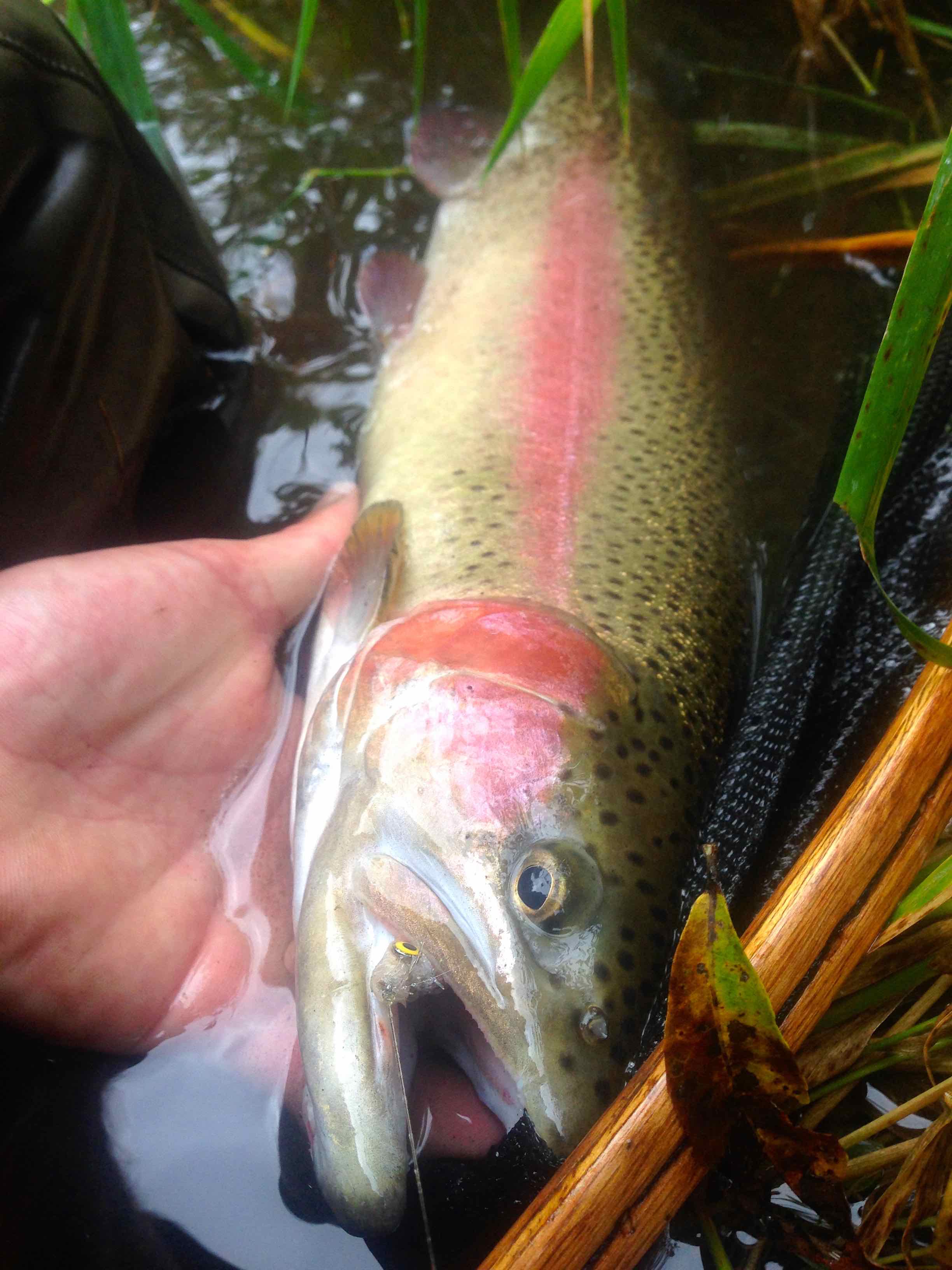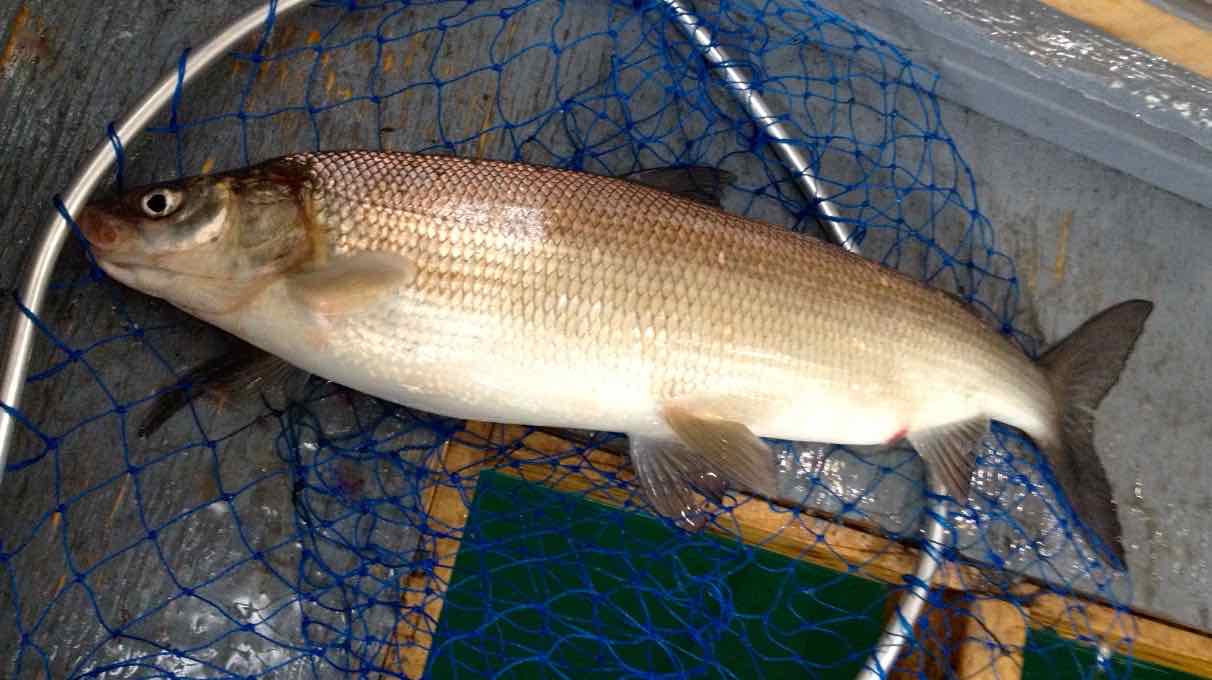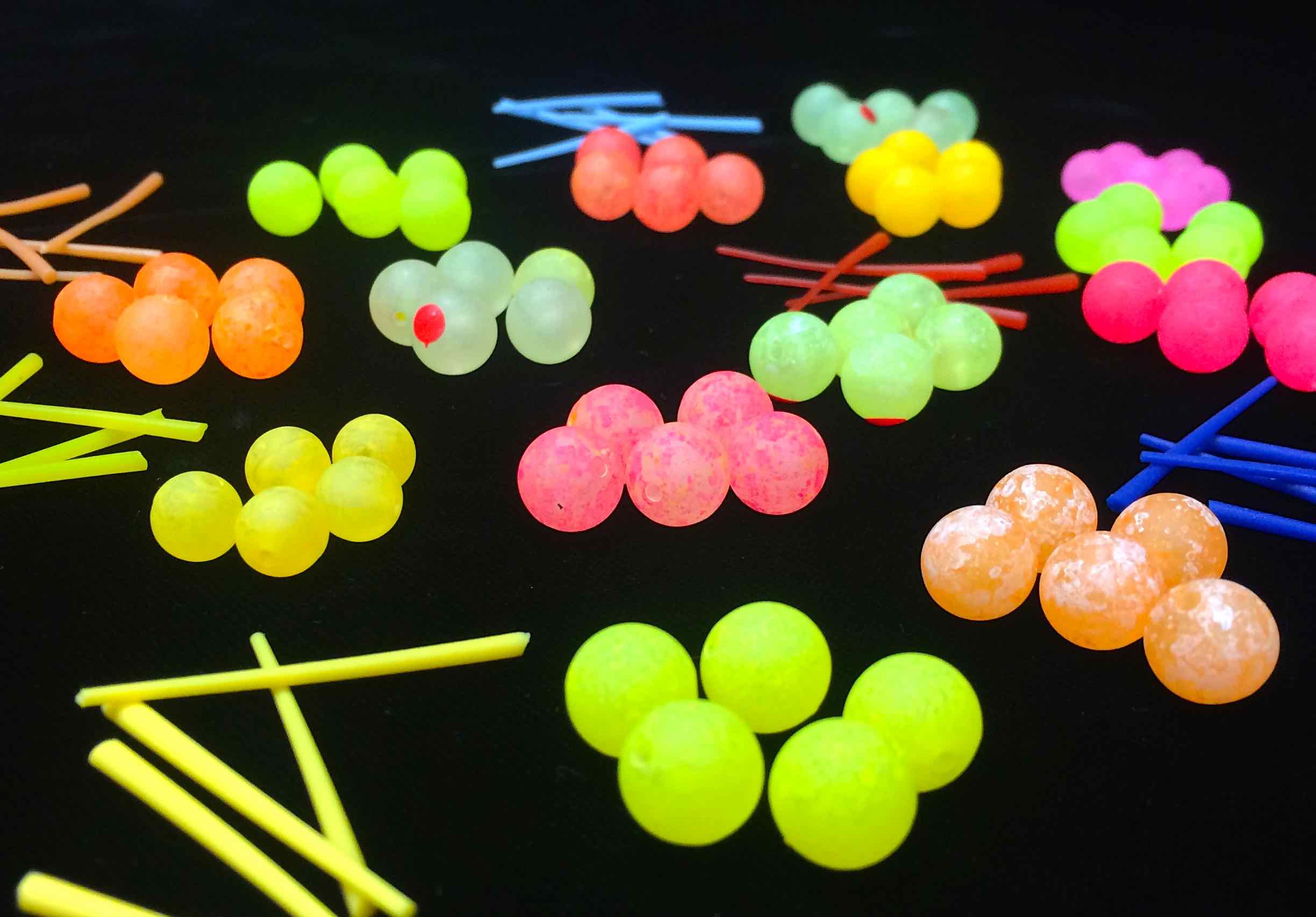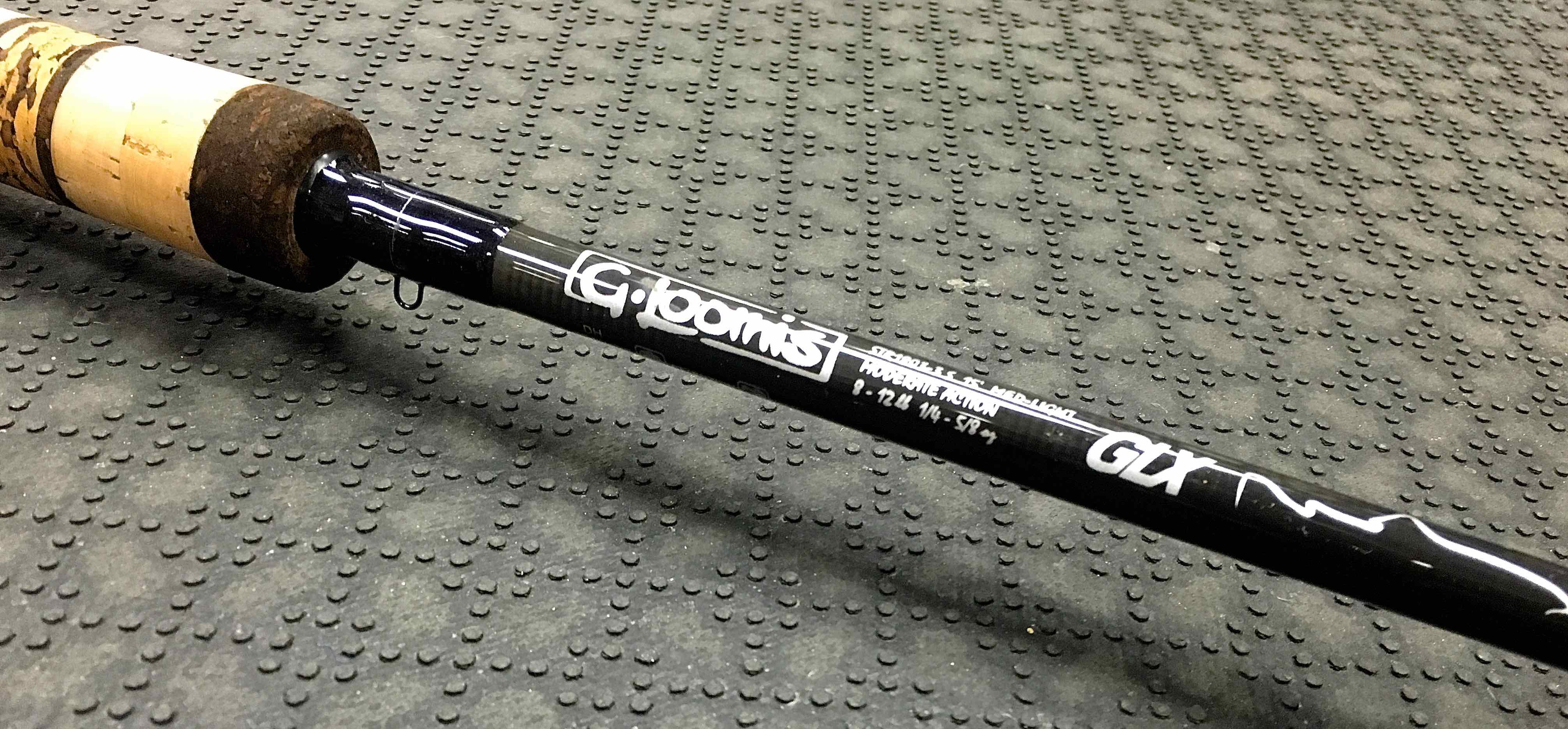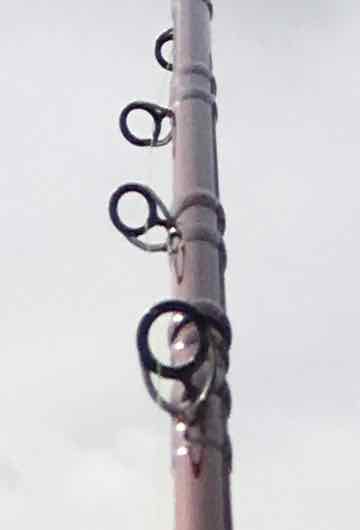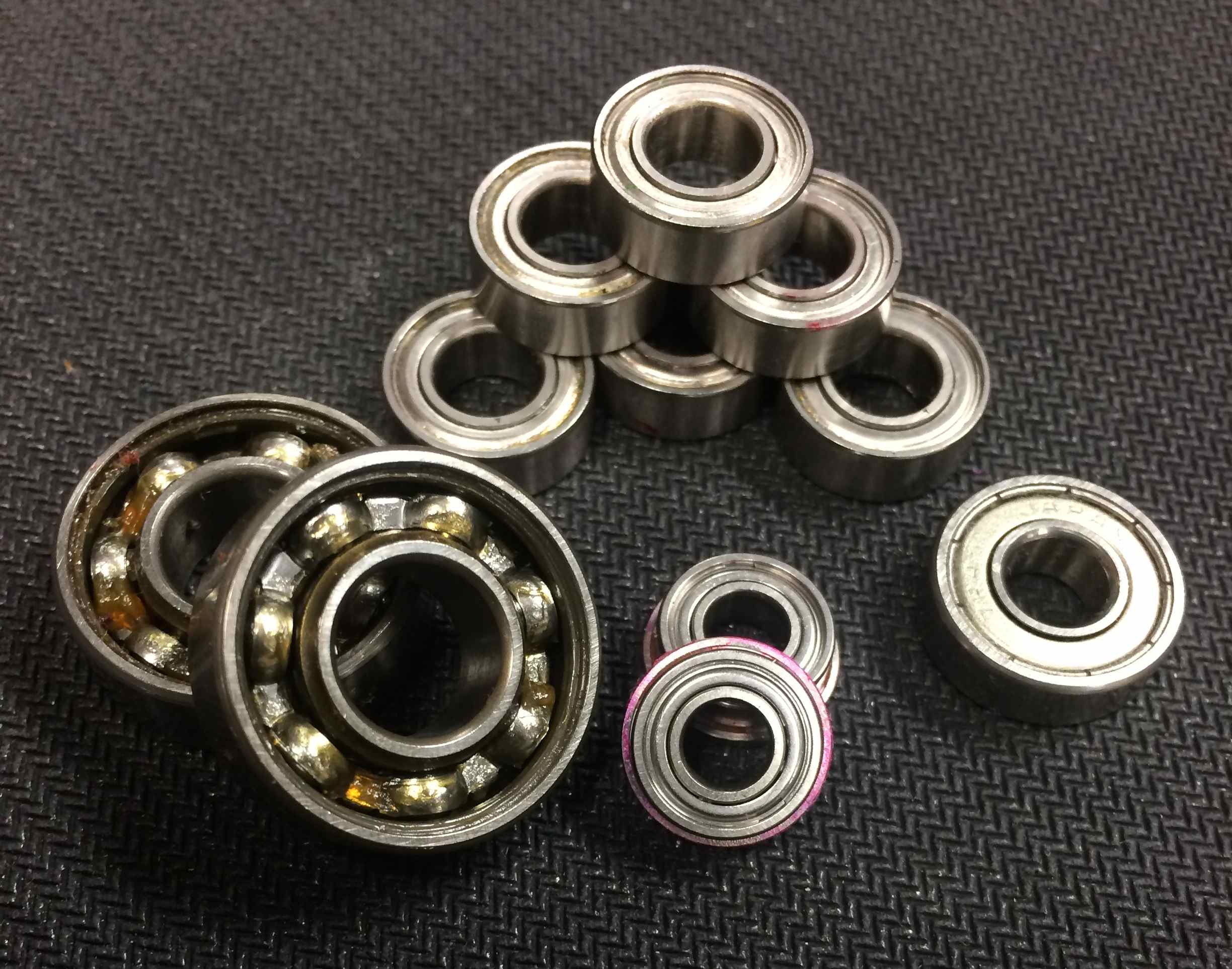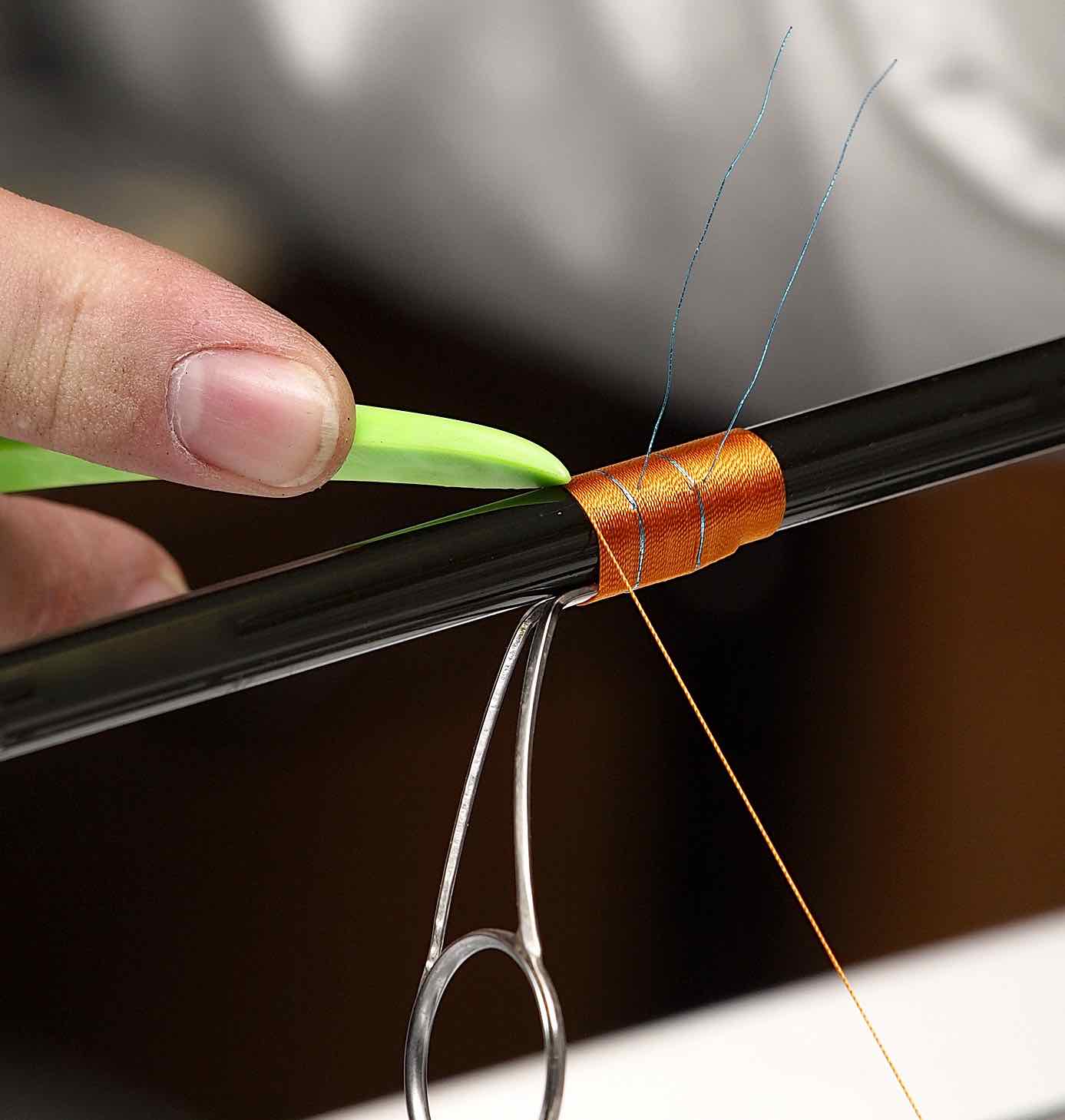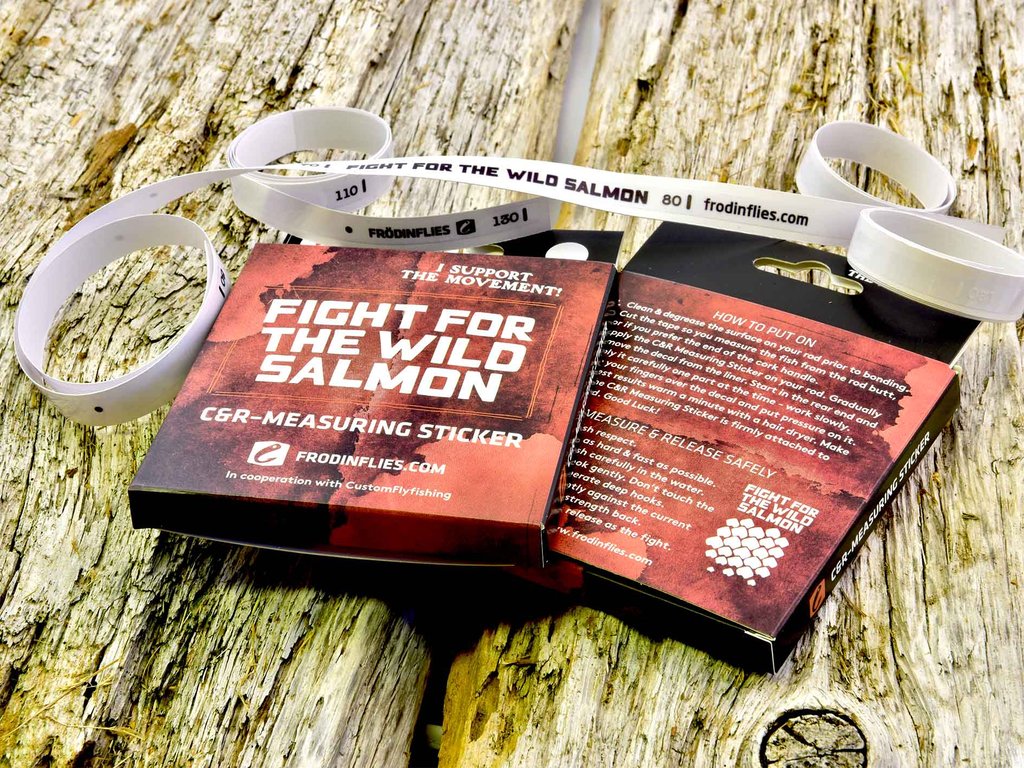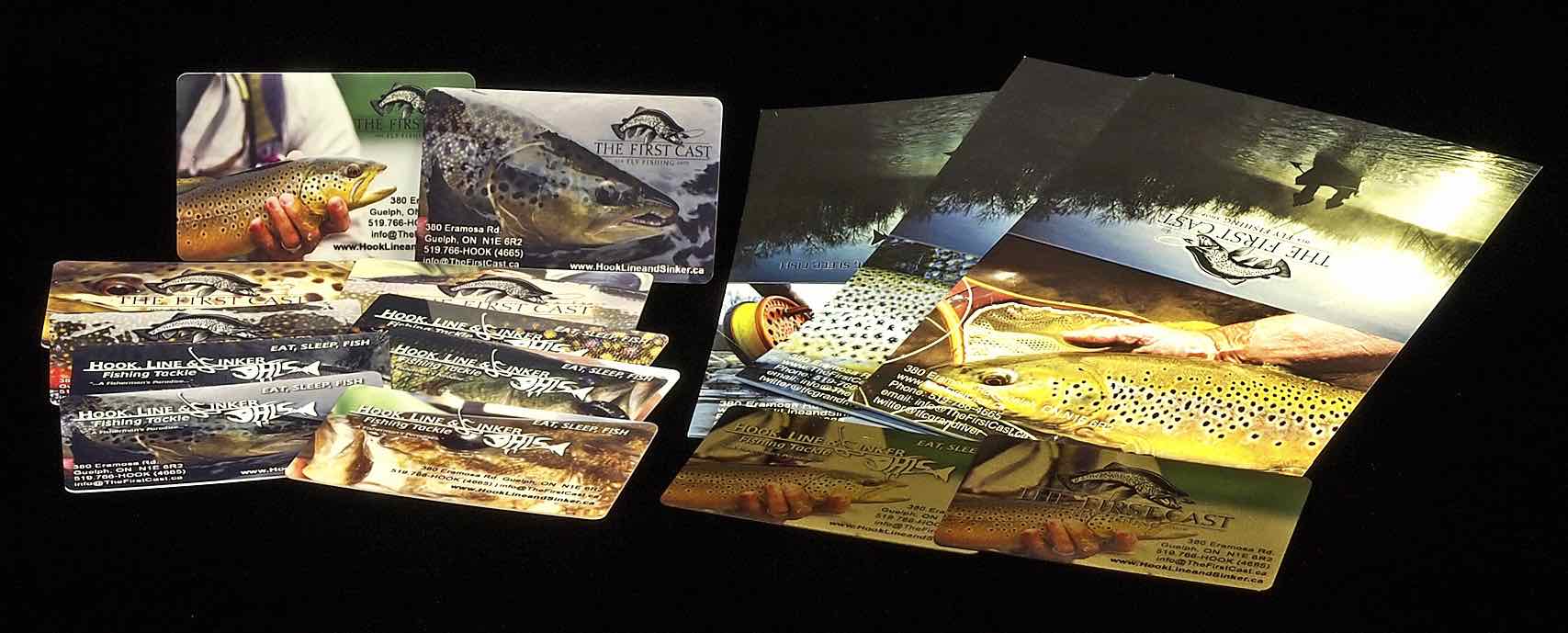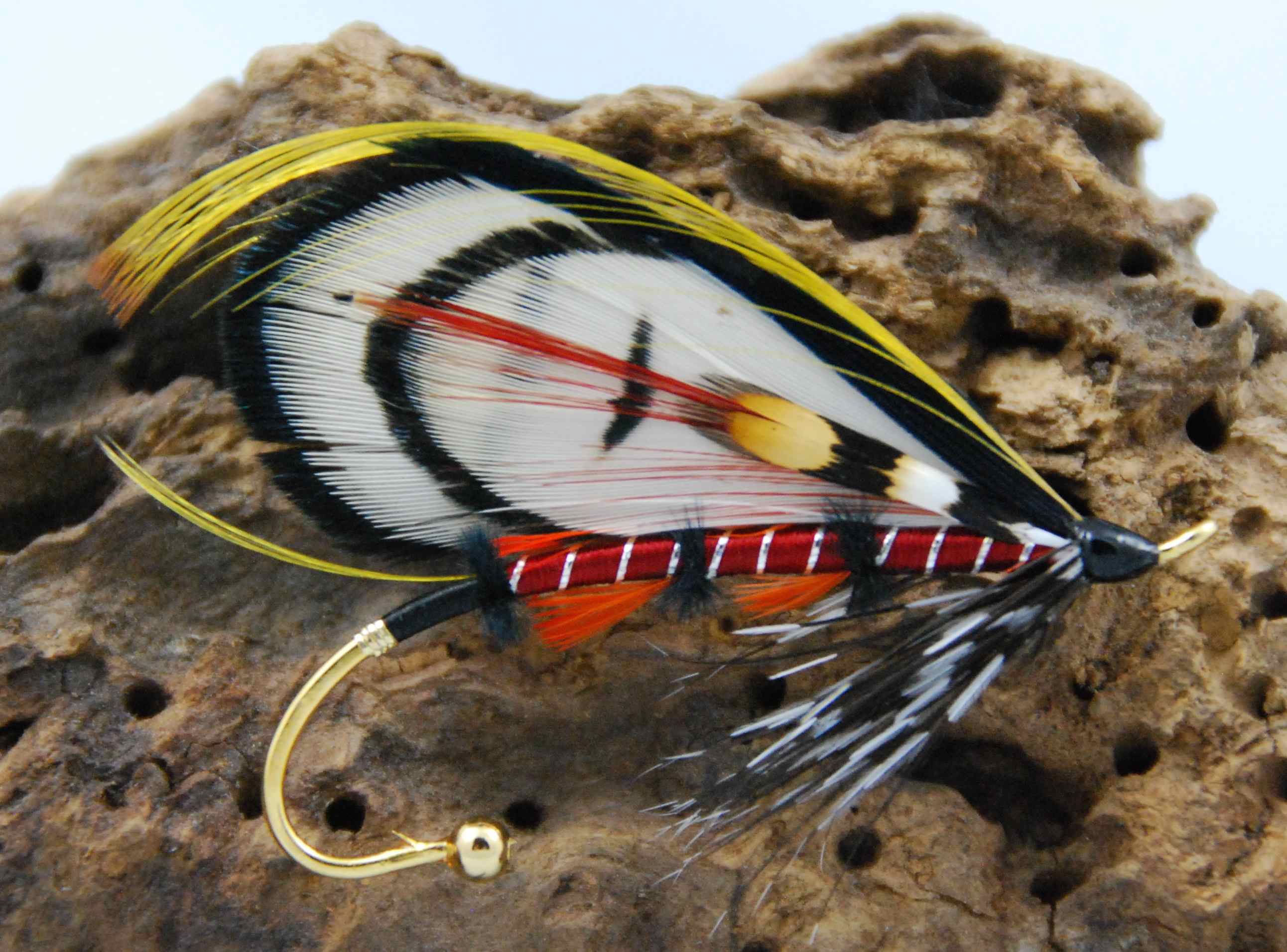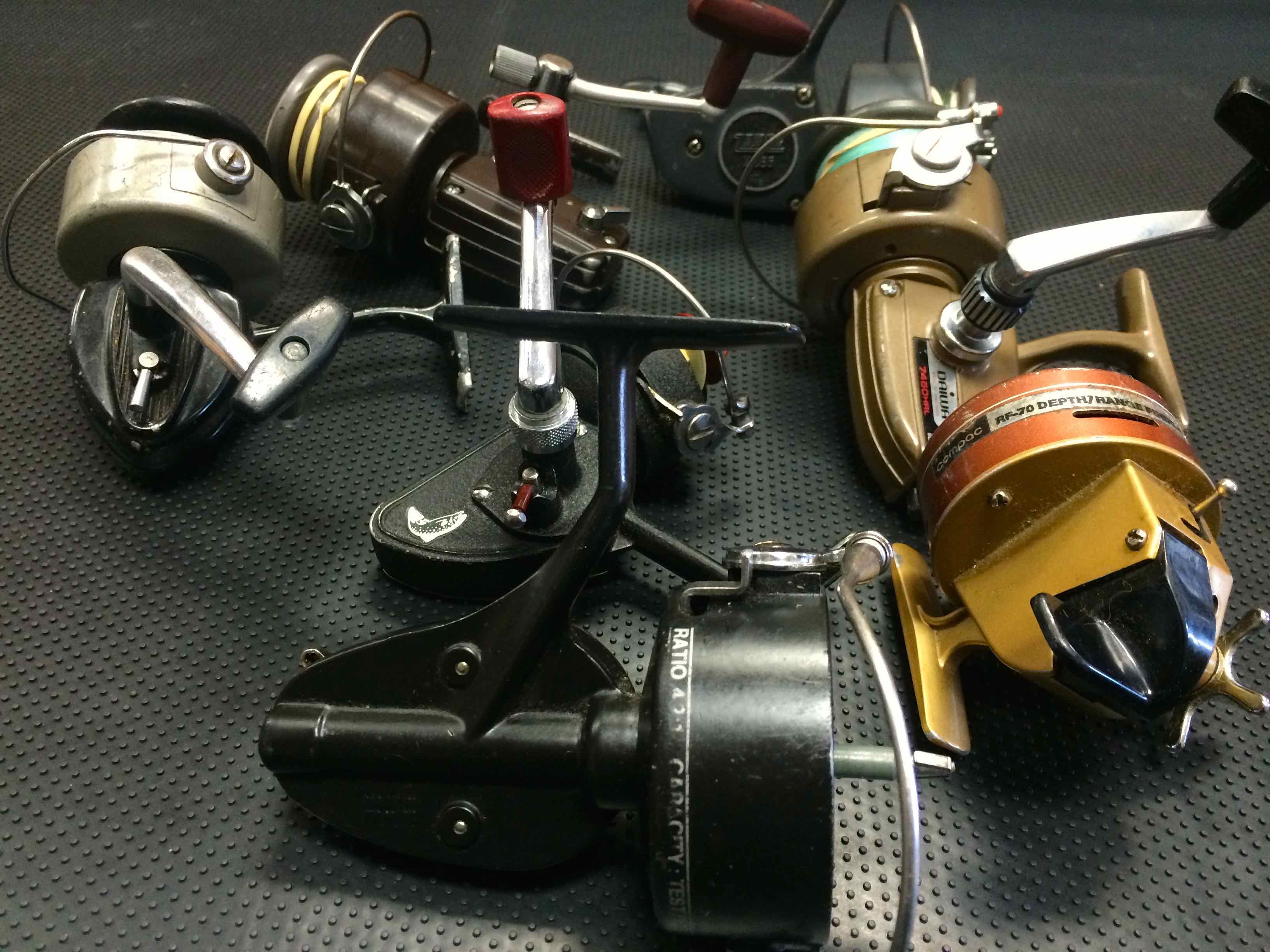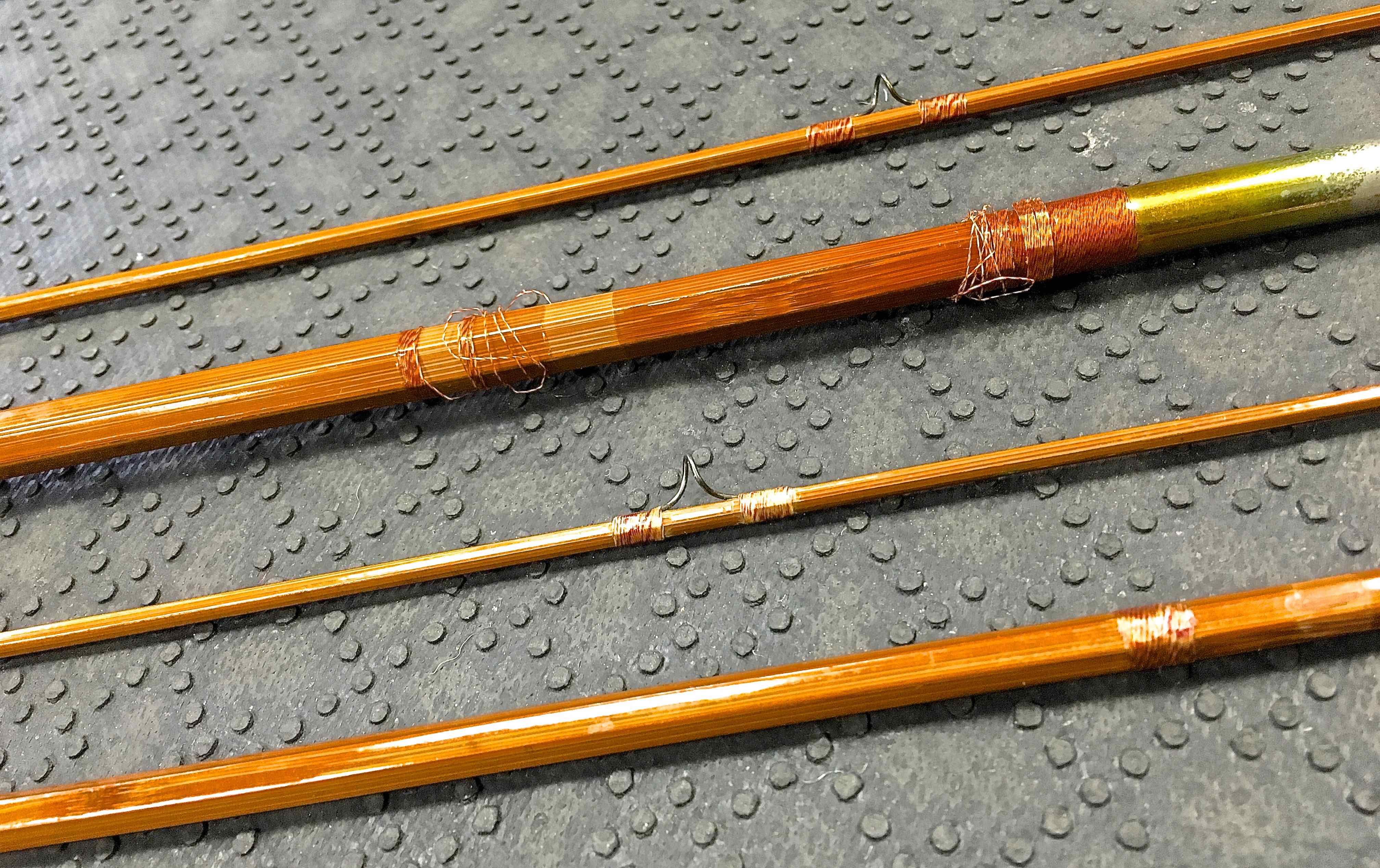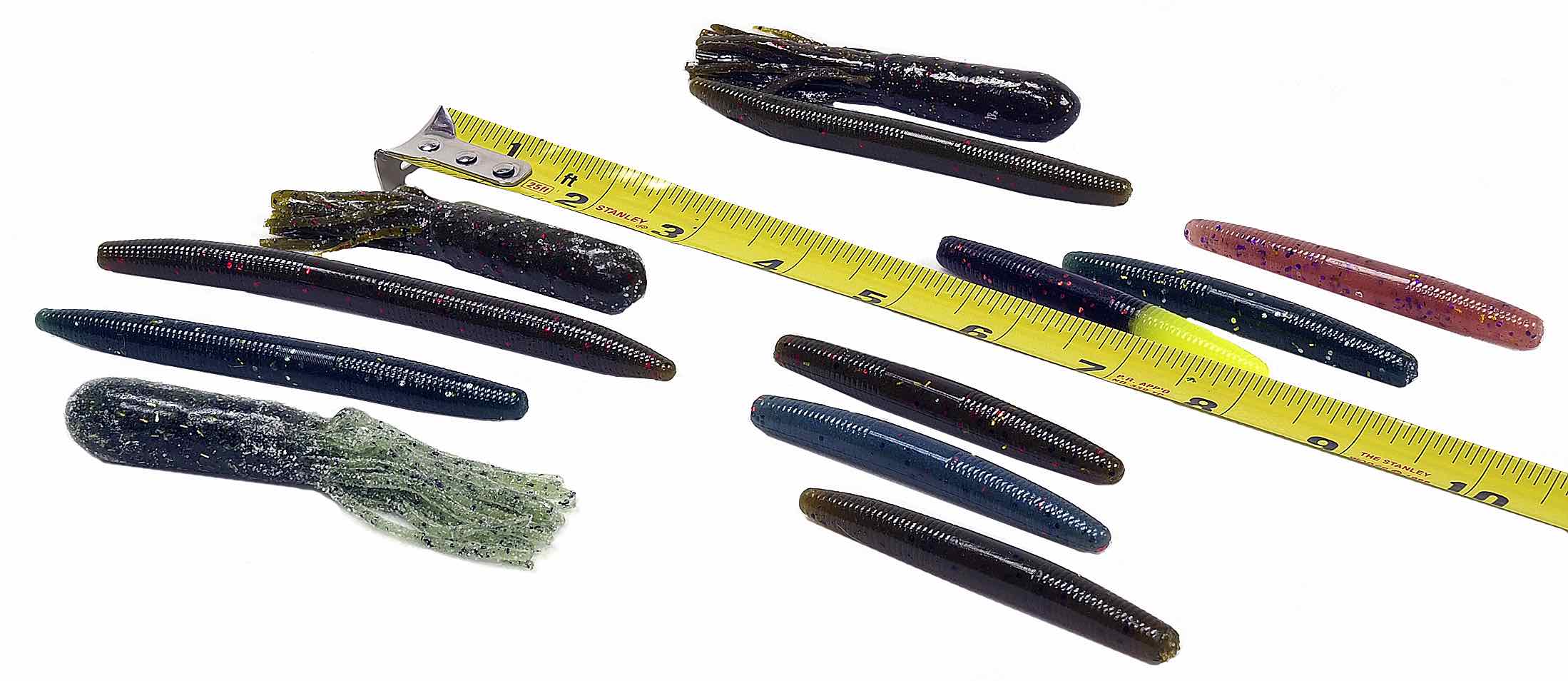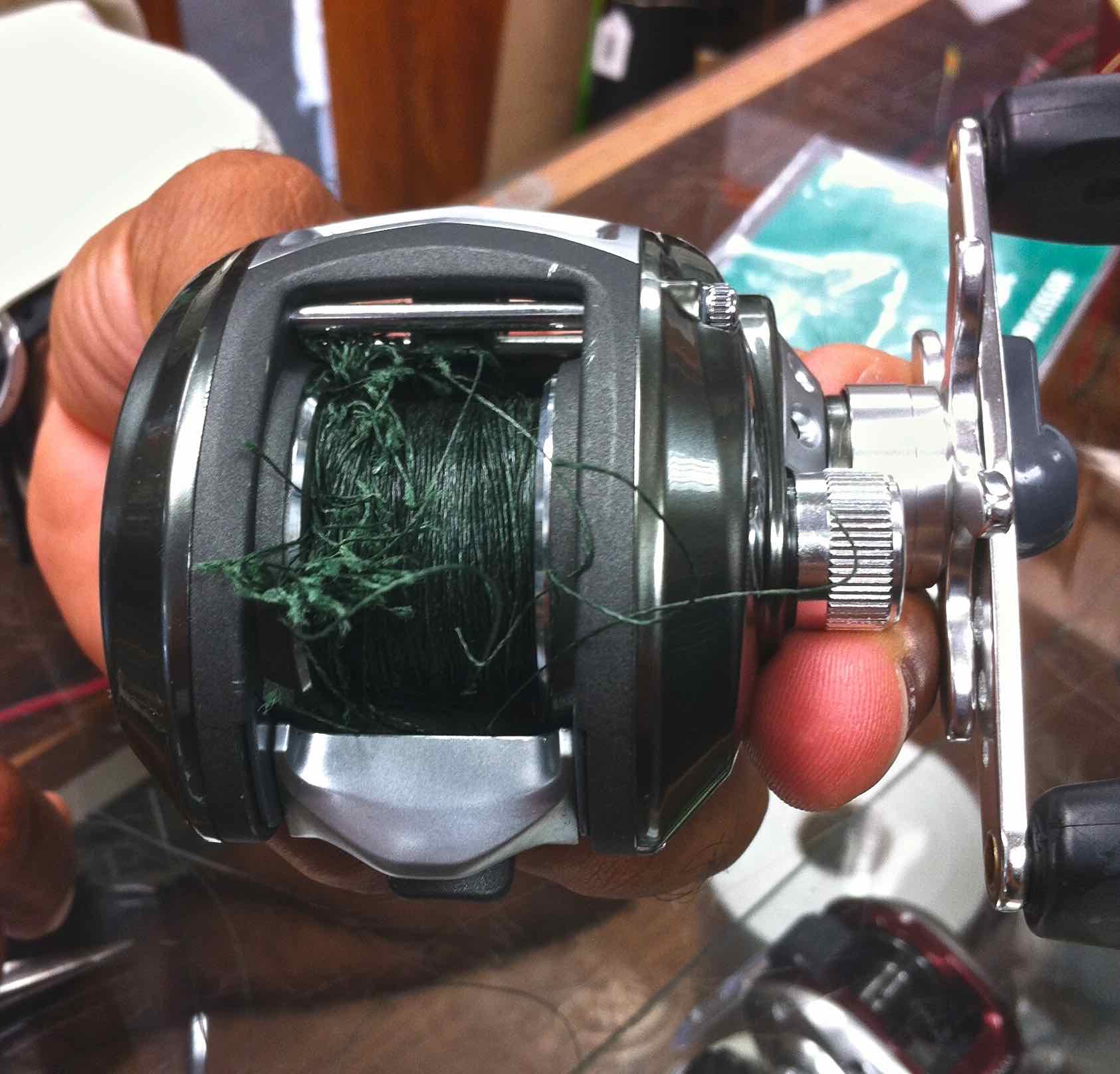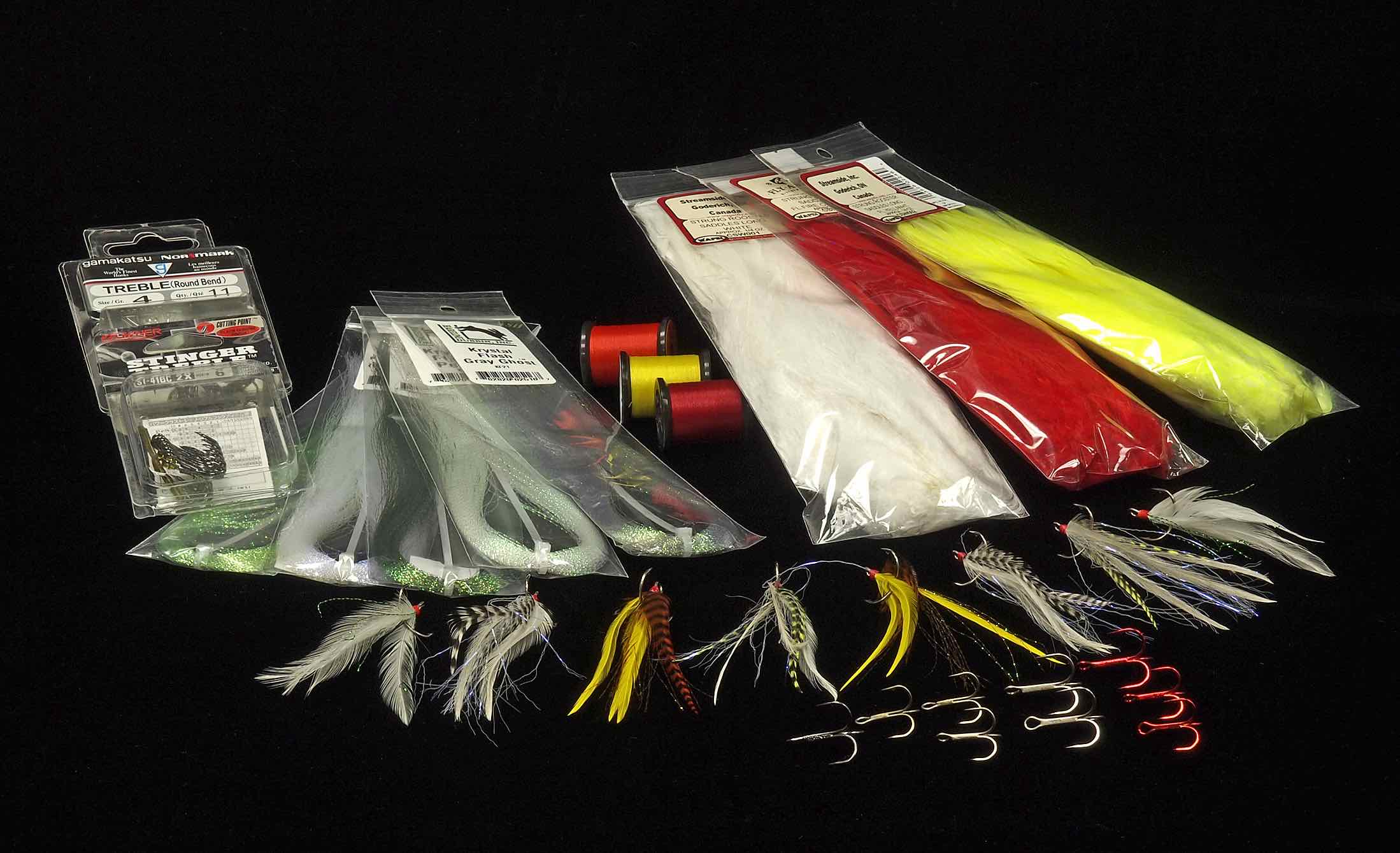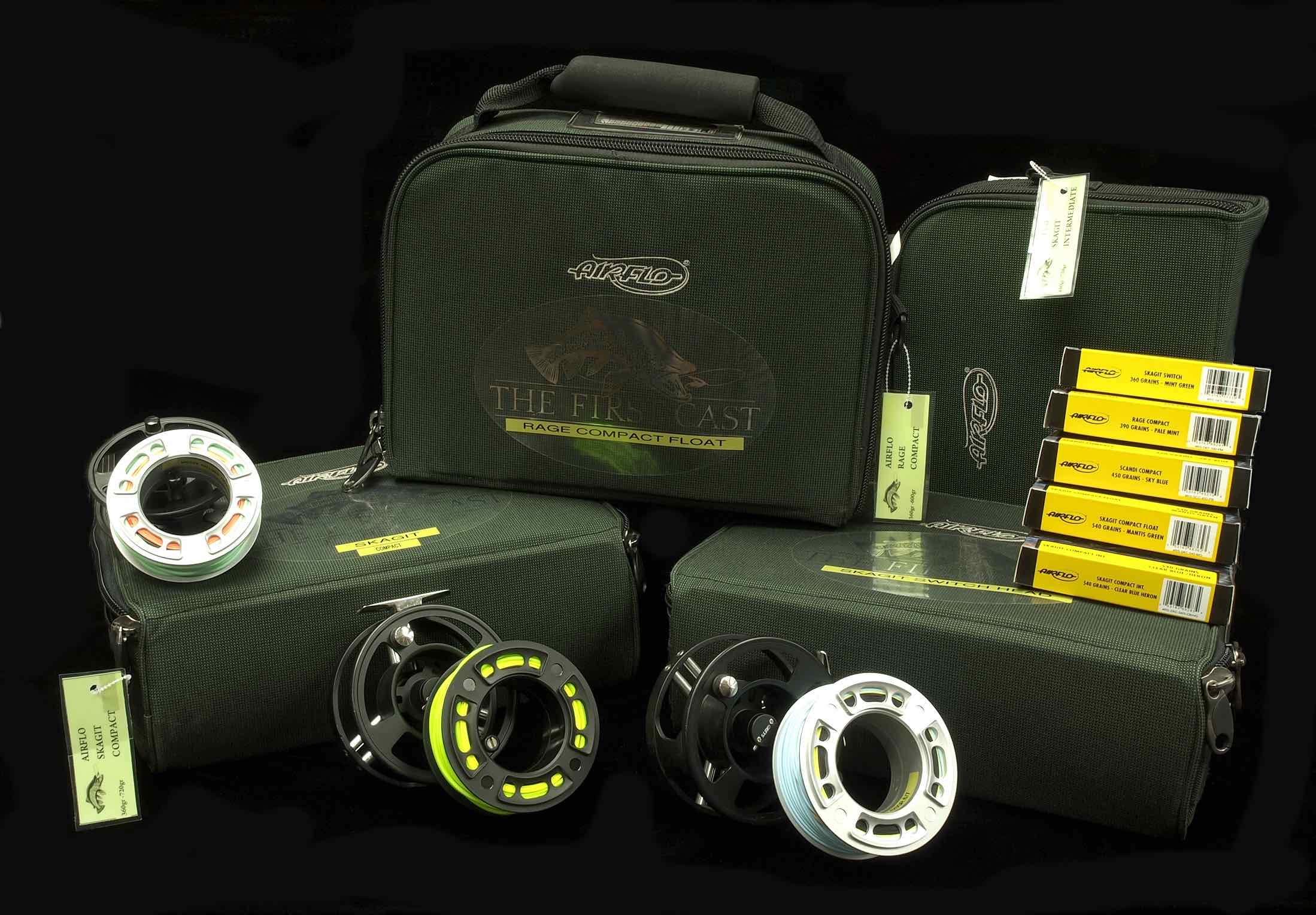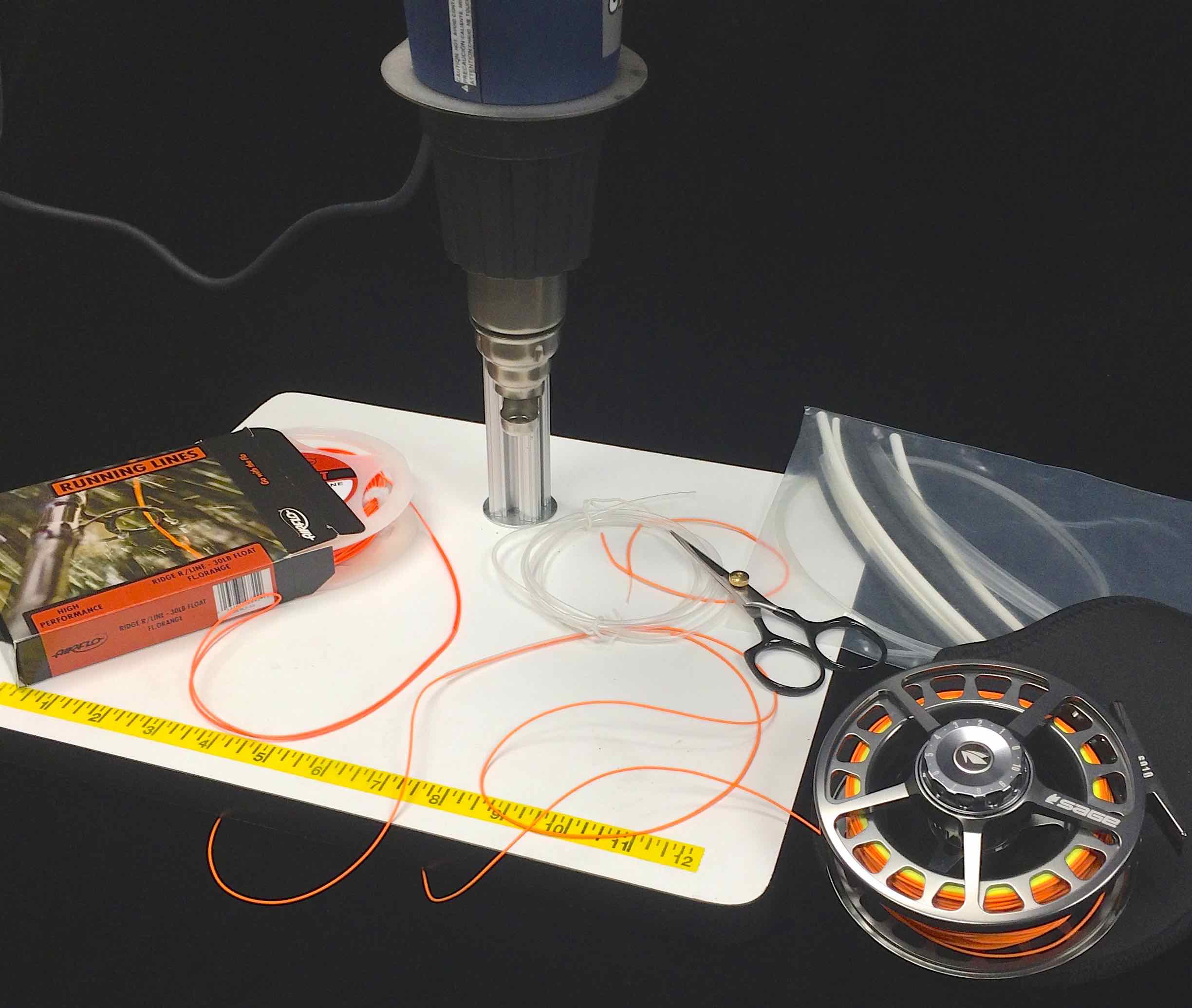One of the most popular panfish species in North America, the Bluegill (Lepomis macrochirus) has a round profile and small mouth typical of the sunfishes. Color is highly variable and can range from green to dark blue or bluish-purple to yellow. The pectoral fins are pointed. Often the most plentiful fish in the lake, they are easily found near docks, weeds and overhanging trees. The best action can usually be had on small jigs tipped with grubs, worms or crickets. Like crappies, they make for a great fish fry.
The Bluegill (Lepomis macrochirus) is a species of freshwater fish sometimes referred to as bream, brim, or copper nose. It is a member of the sunfish family Centrarchidae of the order Perciformes. It is native to North America and lives in streams, rivers, lakes, and ponds. It is commonly found east of the Rockies. It usually hides around, and inside, old tree stumps and other underwater structures. It can live in either deep or very shallow water, and will often move back and forth, depending on the time of day or season. Bluegills also like to find shelter among water plants and in the shade of trees along banks.
Bluegills can grow up to 12 inches (30 cm) long and about 4 1⁄2 pounds. They have very distinctive coloring, with deep blue and purple on the face and gill cover, dark olive-colored bands down the side, and a fiery orange to yellow belly. The fish are omnivores and will eat anything they can fit in their mouth. They mostly feed on small aquatic insects and fish. The fish play a key role in the food chain, and are prey for muskies, walleye, trout, bass, herons, kingfishers, snapping turtles, and otters.
The Bluegill is the state fish of Illinois.
The Bluegill is noted for the black spot that it has on the posterior edge of the gills and base of the dorsal fin. The sides of its head and chin are a dark shade of blue. It usually contains 5–9 vertical bars on the sides of its body, but these stripes are not always distinct. It has a yellowish breast and abdomen, with the breast of the breeding male being a bright orange. The bluegill has three anal spines, ten to 12 anal fin rays, six to 13 dorsal fin spines, 11 to 12 dorsal rays, and 12 to 13 pectoral rays. They are characterized by their deep, flattened bodies. They have a terminal mouth, ctenoid scales, and a lateral line that is arched upward anteriorly. The Bluegill typically ranges in size from four to 12 inches, and reaches a maximum size just over 16 inches. The largest bluegill ever caught was four pounds, 12 ounces in 1950.
The Bluegill is most closely related to the orange-spotted sunfish and the redear Sunfish, but different in a distinct spot at or near the base of the soft dorsal fin.
Distribution and habitat:
The Bluegill occurs naturally in the United States east of the Rocky Mountains from coastal Virginia to Florida, west to Texas and northern Mexico, and north to western Minnesota and western New York. Today they have been introduced to almost everywhere else in North America, and have also been introduced into Europe, South Africa, Zimbabwe, Asia, South America, and Oceania. Bluegills have also been found in the Chesapeake Bay, indicating they can tolerate up to 1.8% salinity.
In some locations where they have been transplanted, they are considered pests: trade in the species is prohibited in Germany and Japan. In the case of Japan, bluegills were presented to the then-crown prince, Akihito in 1960 as a gift by Richard J. Daley, mayor of Chicago. The prince, in turn, donated the fish to fishery research agencies in Japan from which they escaped, becoming an invasive species which has wreaked havoc with native species, specifically in Lake Biwa in Shiga Prefecture. The emperor has since apologized.
Bluegill live in the shallow waters of many lakes and ponds, along with slow-moving areas of streams and small rivers. They prefer water with many aquatic plants, and hide within fallen logs or water weeds. They can often be found around weed beds, where they search for food or spawn. In the summer, adults move to deep, open water where they suspend just below the surface and feed on plankton and other aquatic creatures. Bluegill try to spend most of their time in water from 60 to 80 °F (16 to 27 °C), and tend to have a home range of about 320 square feet (30 m2) during nonreproductive months. They enjoy heat, but do not like direct sunlight – they typically live in deeper water, but will linger near the water surface in the morning to stay warm.[2] Bluegill are usually found in schools of 10 to 20 fish, and these schools will often include other panfish, such as Crappie, pumpkinseeds, and Smallmouth Bass.
Ecology:
Young bluegills’ diet consists of rotifers and water fleas. The adult diet consists of aquatic insect larvae (mayflies, caddisflies, dragonflies), but can also include crayfish, leeches, snails, and other small fish. If food is scarce, bluegill will also feed on aquatic vegetation, and if scarce enough, will even feed on their own eggs or offspring. As bluegill spend a great deal of time near the surface of water, they can also feed on surface bugs. Most bluegills feed during daylight hours, with a feeding peak being observed in the morning and evening (with the major peak occurring in the evening). Feeding location tends to be a balance between food abundance and predator abundance. Bluegill use gill rakers and bands of small teeth to ingest their food. During summer months, bluegills generally consume 35 percent of their body weight each week. To capture prey, bluegills use a suction system in which they accelerate water into their mouth. Prey comes in with this water. Only a limited amount of water is able to be suctioned, so the fish must get within 1.75 centimeters of the prey.
In turn, Bluegill are prey to many larger species, including largemouth bass, smallmouth bass, trout, muskellunge, turtles, northern pike, yellow perch, walleye, catfish, and even larger bluegill. Herons and otters have also been witnessed catching Bluegill in shallow water. However, the shape of the fish makes them hard to swallow.
Adaptations:
Bluegills have the ability to travel and change directions at high speeds by means of synchronized fin movements. They use notched caudal fins, soft dorsal fins, body undulations, and pectoral fins to move forward. Having a notched caudal fin allows them to accelerate quickly. The speed of their forward motion depends on the strength of which they abduct or adduct fins. The flat, slender body of the bluegill lowers water resistance and allows the bluegills to cut effectively through water. The large, flexible pectoral fins allow the fish to decelerate quickly. This superior maneuverability allows the bluegill to forage and escape predators very successfully. Bluegills have a lateral line system, as well as inner ears, that act as receptors for vibration and pressure changes. However, bluegills rely heavily on sight to feed, especially in their foraging. Optimal vision occurs in the daylight hours. The mouth of the bluegill is very small and requires the use of the pharynx to suck in prey.[10]
Reproduction and lifestyle:
Spawning season for Bluegills starts late in May and extends into August. The peak of the spawning season usually occurs in June in waters of 67 to 80 °F (19 to 27 °C). The male bluegills arrive first at the mating site. They will make a spawning bed of six to 12 inches in diameter in shallow water, clustering as many as 50 beds together. The males scoop out these beds in gravel or sand. Males tend to be very protective and chase everything away from their nests, especially other male Bluegills. Some bluegills, regardless of their small size, will even attack snorkelers if they approach the edge of the nest. As a female approaches, the male will begin circling and making grunting noises. The motion and sound of the males seem to attract the females. Females are very choosy and will usually pick males with larger bodies and “ears”, making larger size a desirable trait for males to have. If the female enters the nest, both the male and female will circle each other, with the male expressing very aggressive behavior toward the female. If the female stays, the pair will enter the nest and come to rest in the middle. With the male in an upright posture, the pair will touch bellies, quiver, and spawn. These actions are repeated at irregular intervals several times in a row. Once the spawning is done, the male will chase the female out of the nest and guard the eggs. The fertilization process is entirely external. The male’s sperm combines with the female’s eggs in the water. Smaller males will often hide in nearby weeds and dart into the nest as they attempt to fertilize the eggs. They then quickly dart away. The size of the female plays a large role in how many eggs will be produced. A small female can produce as few as 1,000 eggs, and a large, healthy female can produce up to 100,000 eggs. The male continues to watch over the nest until the larvae are able to hatch and swim away on their own. The bluegill generally begins its spawning career at one year of age, but has been found to spawn as early as four months of age under favorable conditions. Anglers find spawning season to be a very successful time to fish for bluegills, as they aggressively attack anything, including a hook, that comes near.
The growth of the bluegill is very rapid in the first three years, but slows considerably once the fish reaches maturity. Many fish reach five to eight years old, and in extreme cases, can live 11 years.
Fishing:
Bluegills are popular panfish, caught with live bait such as worms or crickets, grasshoppers, flies, pieces of corn, small crankbaits, spinners, American cheese pushed around a hook, maggots, small frogs, bread, hotdogs, or even a bare hook. They mostly bite on vibrant colors like orange, yellow, green, or red, chiefly at dawn and dusk. They are noted for seeking out underwater vegetation for cover; their natural diet consists largely of small invertebrates and very small fish. The bluegill itself is also occasionally used as bait for larger game fish species, such as blue catfish, flathead catfish and largemouth bass.
Fishermen are sometimes able to use polarized sunglasses to see through water and find bluegills’ spawning beds. Bluegill have a rather bold character; many have no fear of humans, eating food dropped into the water, and a population in Canada’s Lake Scugog will even allow themselves to be stroked by human observers. Because of their size and the method of cooking them, Bluegills are often called panfish.
Although the majority of Bluegills are caught on live bait—particularly worms, leeches, grubs and crickets—they can also be taken on tiny artificials such as jigs and spinnerbaits. They will rise to small poppers, sponge bugs and dry flies. They will also take wet flies, nymphs, and small streamers.
Management:
Bluegills play an important role in pond and lake management to keep crustacean and insect populations low, as a single bluegill population may eat up to six times its own weight in just one summer.
We are the leading provider of Fly Fishing Lessons, Corporate Team Building, and Guiding on the Upper Grand River, the Upper Credit River, and the Conestogo River.
No Guelph, Fergus, Kitchener or Cambridge Fishing Tackle Retailer will boast as complete and diverse a store inventory, including a vast selection of Centerpin / Float Fishing Reels, Rods, Clothing and Accessories.
Order a HLS or TFC Gift Card – We will put one in the mail for FREE!
Fly Shop Flyshop Flyfish Grand River Fly fish Grand River Guide Grand River Lesson Grand River Fergus Ontario Canada



